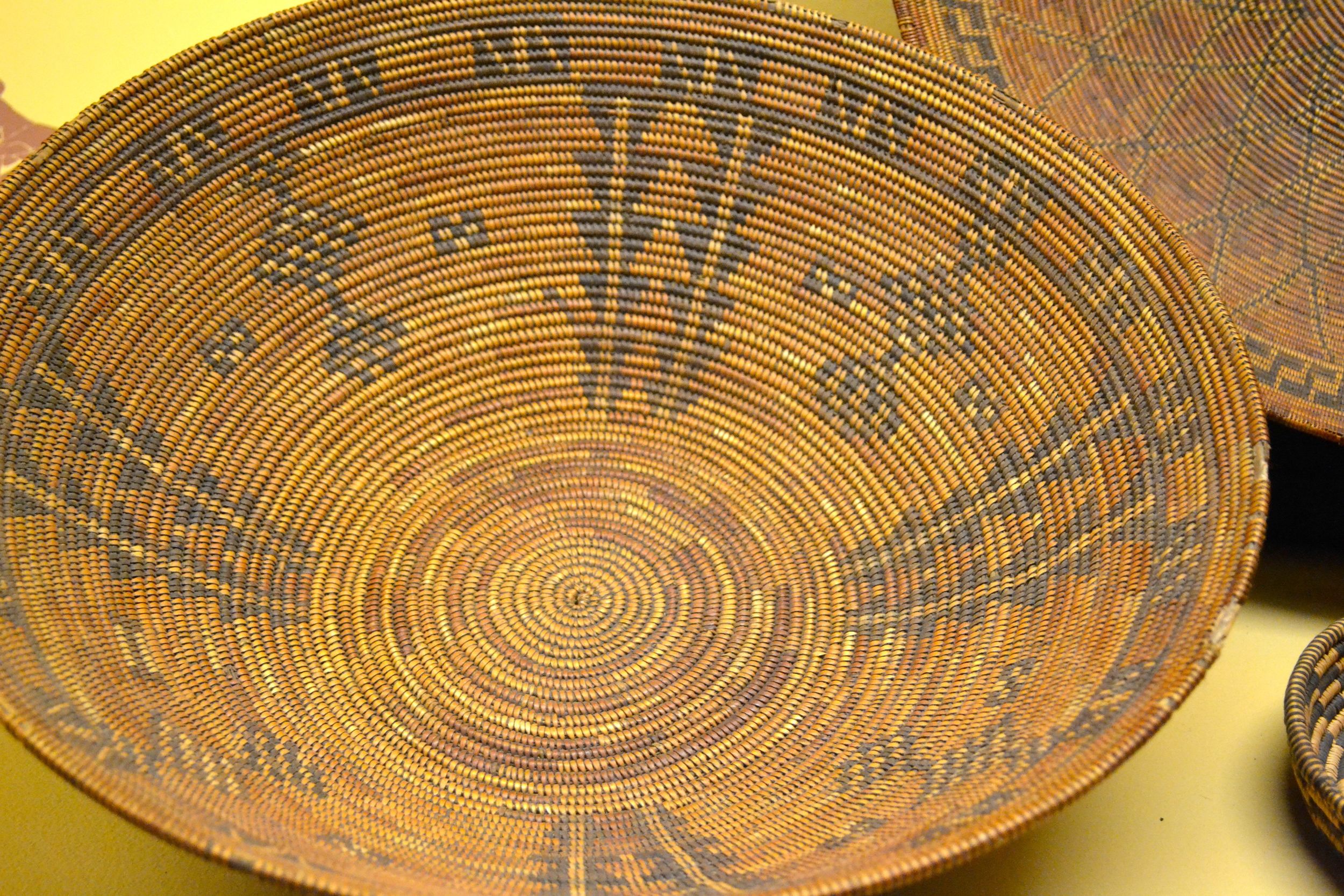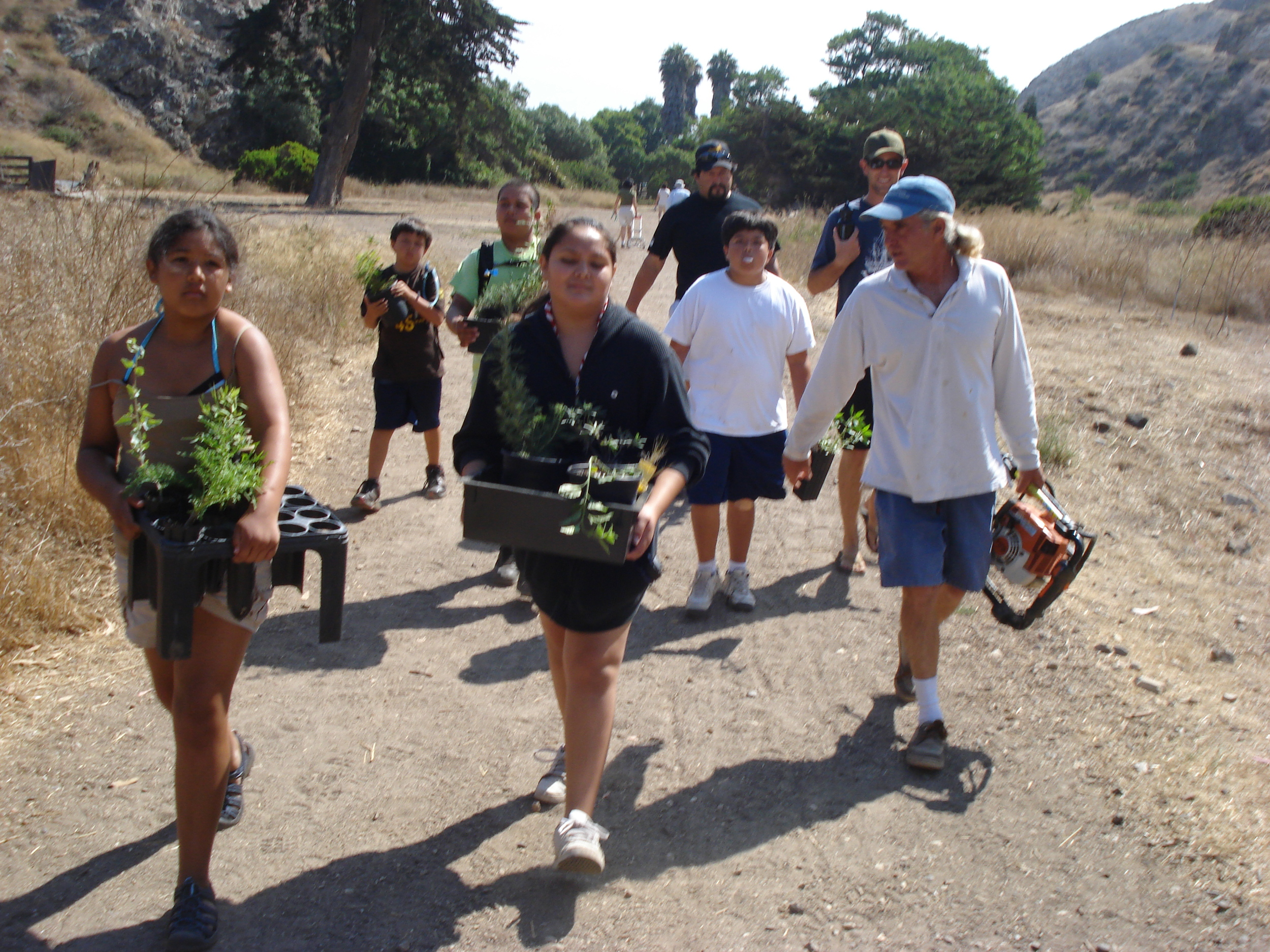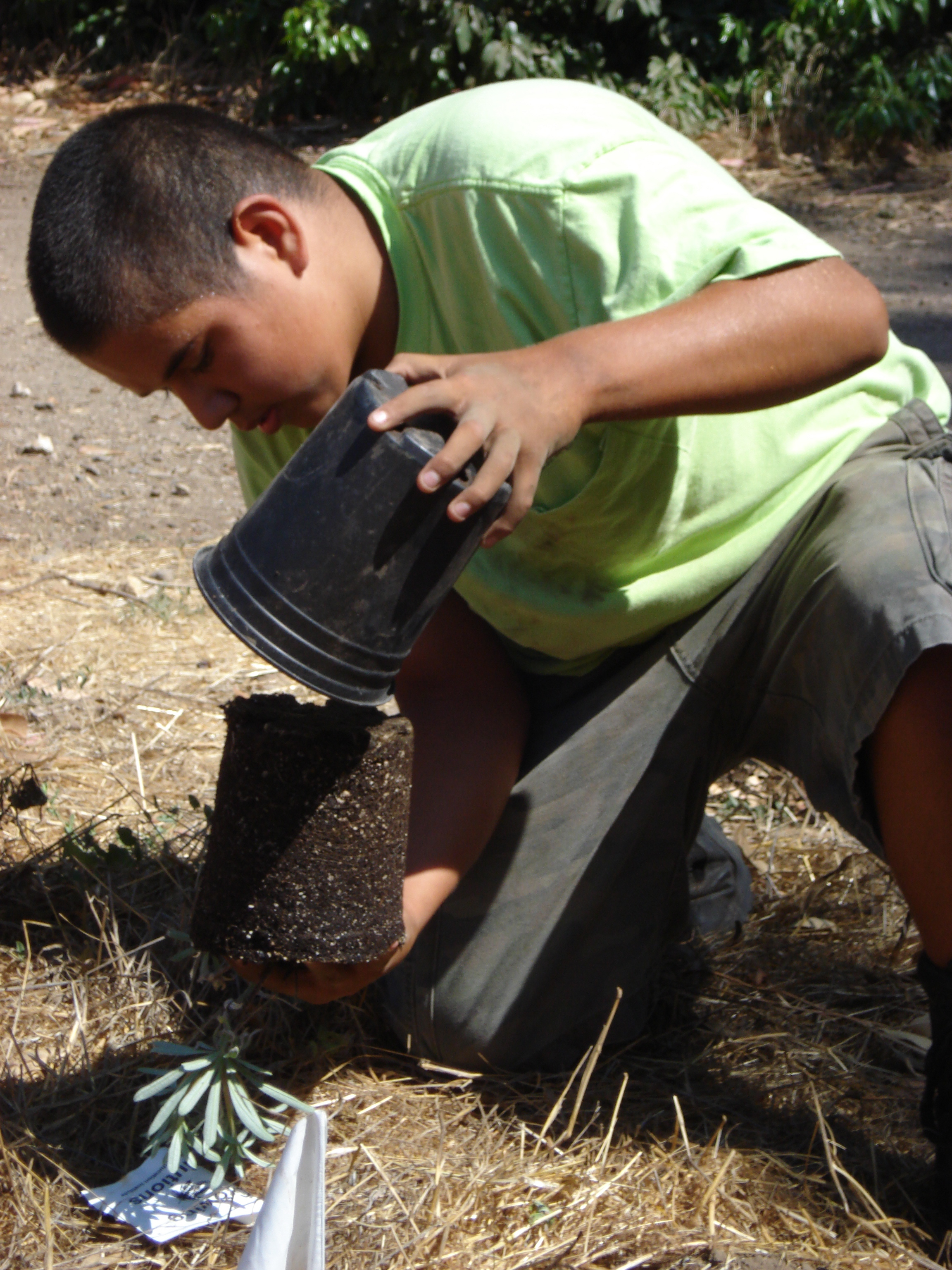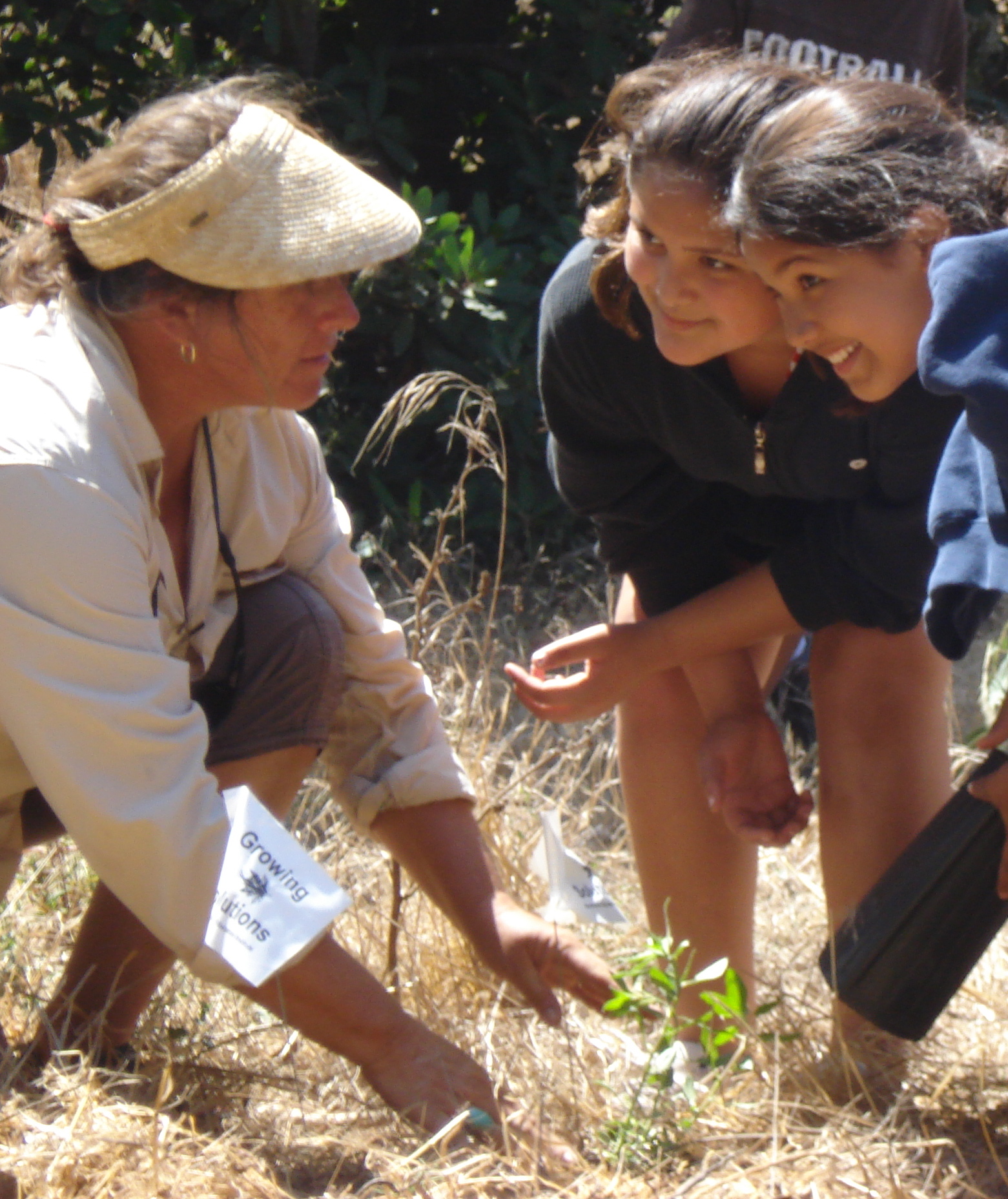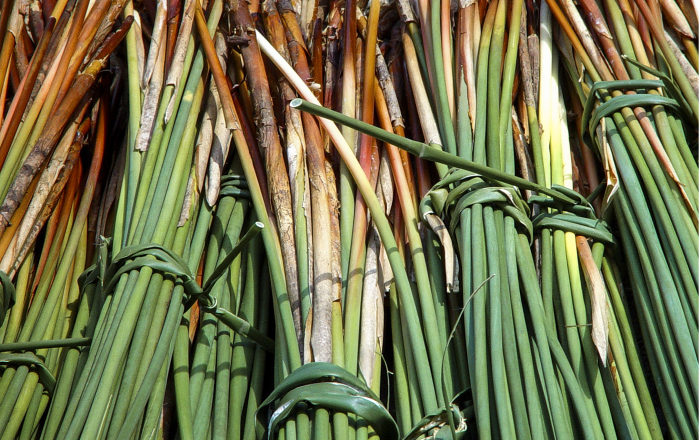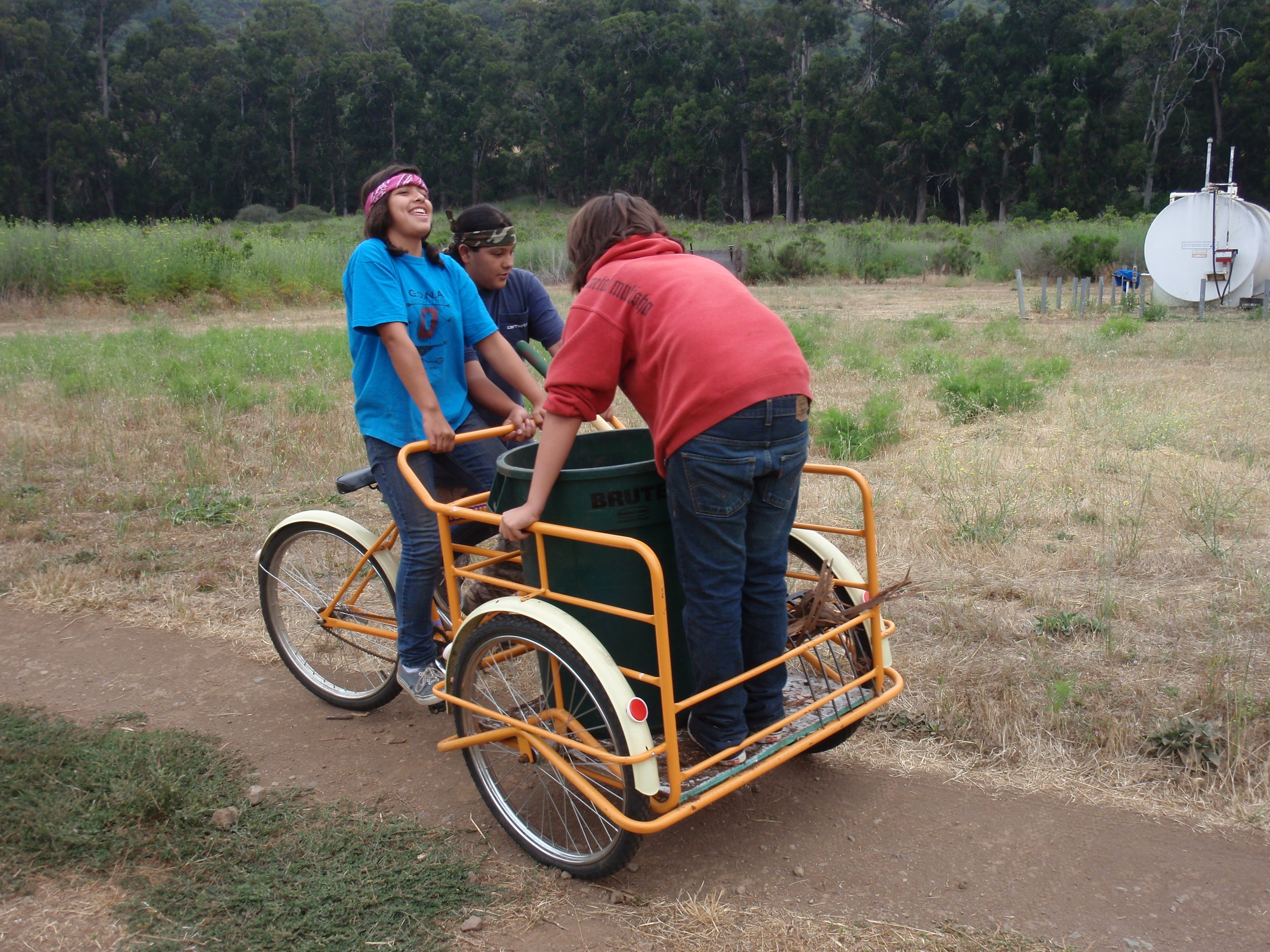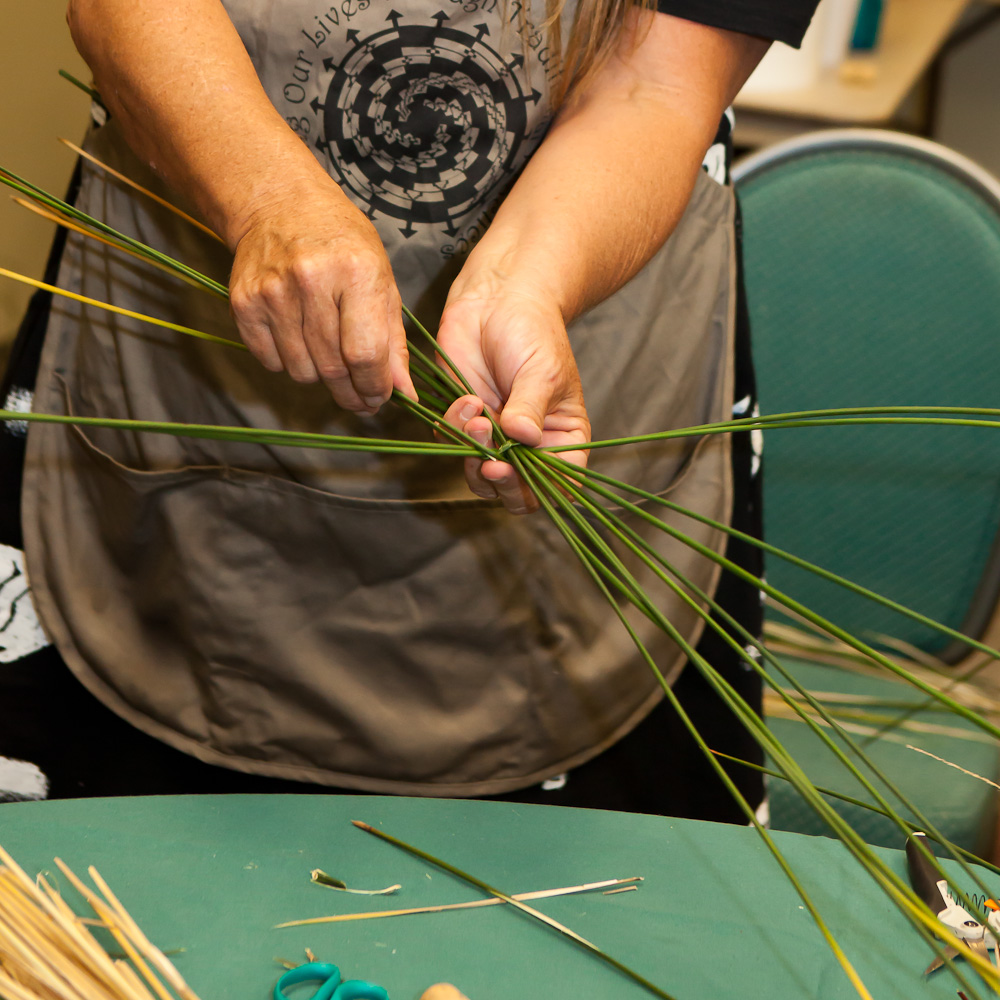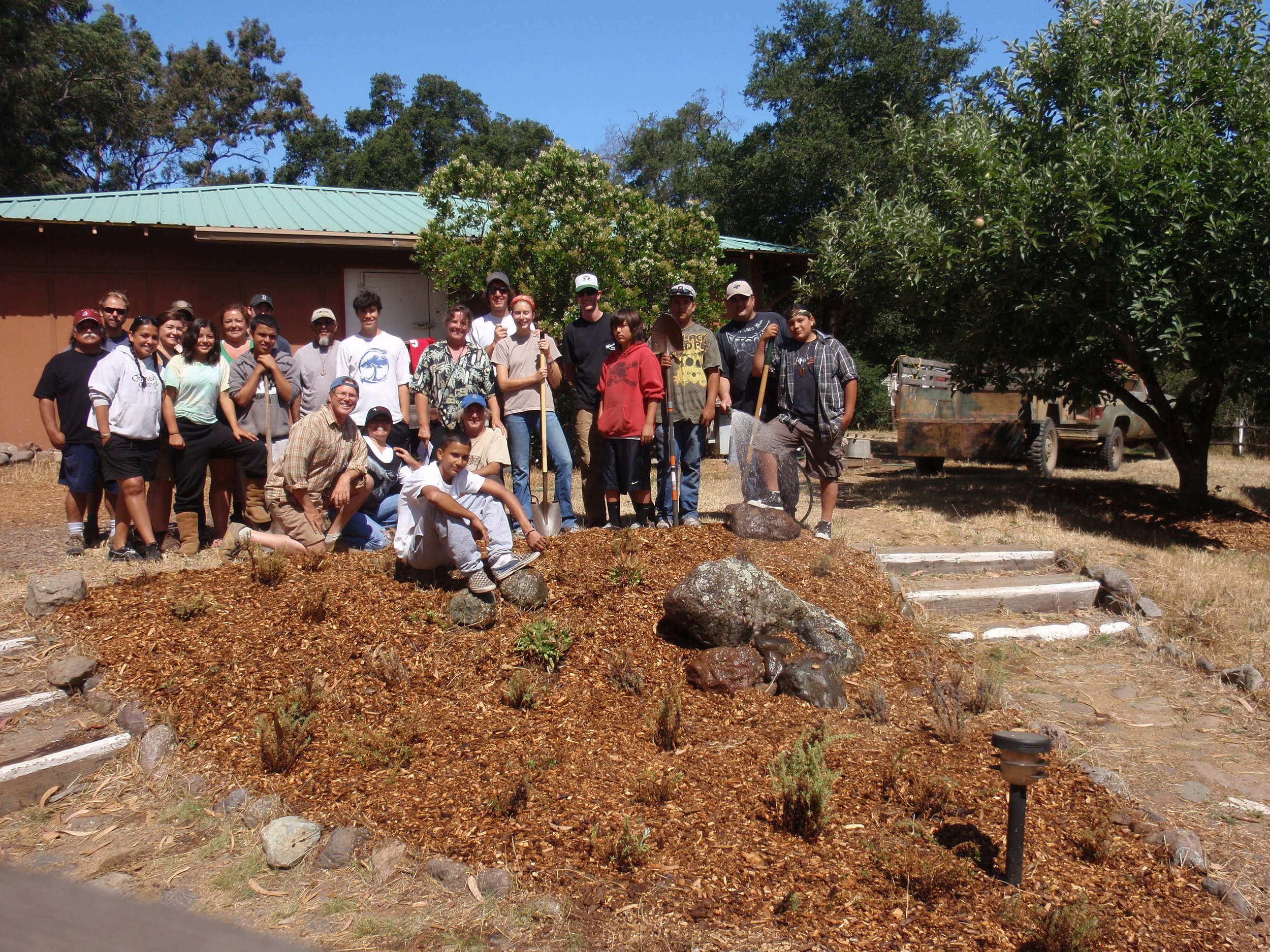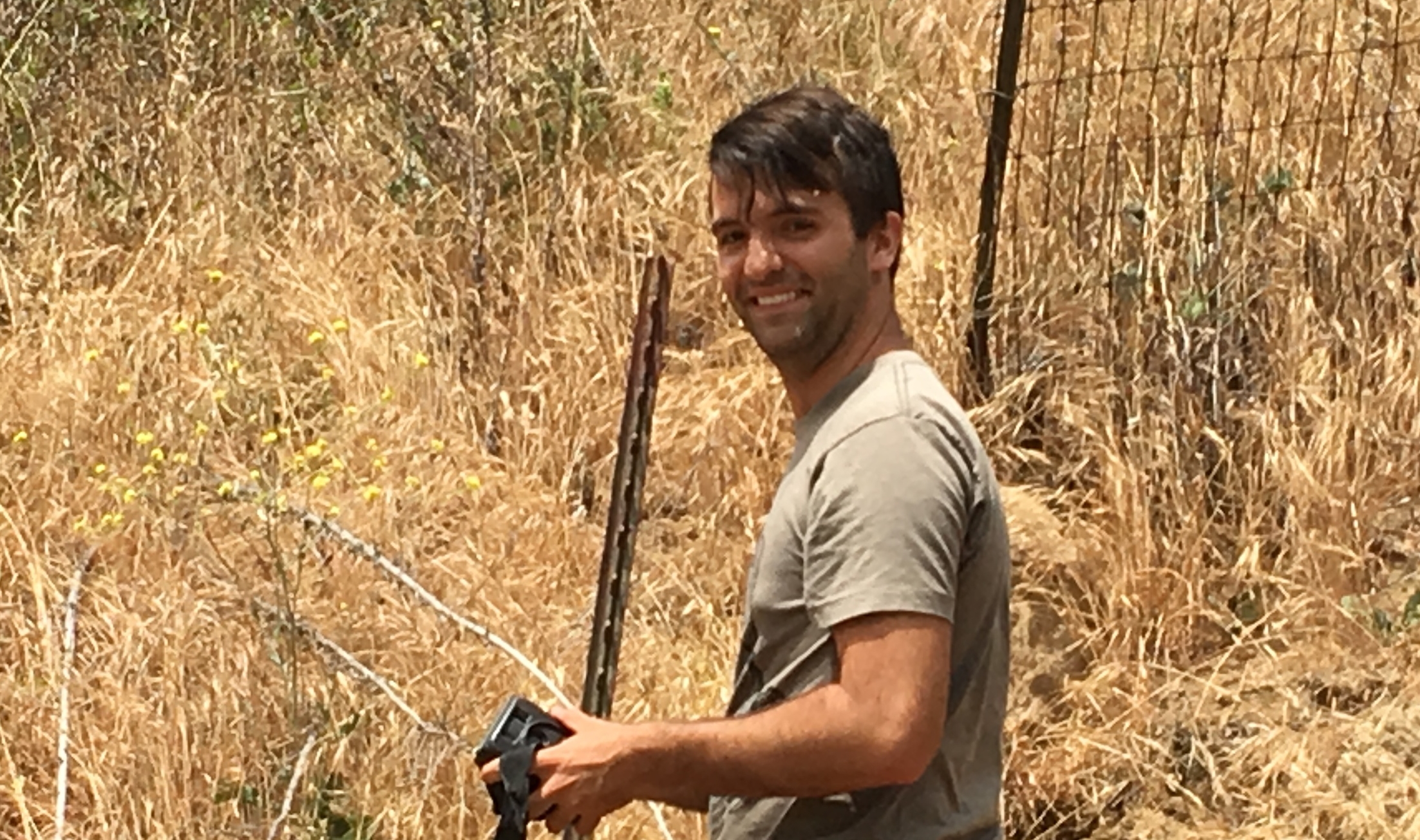Meet our new Farm Intern, Joe Sacks. Joe has studied at Santa Barbara City College and is interested in putting his knowledge into practice as an intern in the Future Solutions program. Joe will spend six weeks working on raised garden beds planting artichokes and asparagus. He will put best management practices into play paying attention to pollinator habitat, wild animal movements through the landscape and soil building techniques.
Santa Cruz Island Rescue and Recovery
Growing Solutions is pleased to report successful ongoing rescue and recovery of the island bush mallow- Malacothamnus fasciculatus var. nesioticus (aka “MAFA”) on Santa Cruz Island. This species of plant is endemic to Santa Cruz Island, meaning it’s found on the island and nowhere else in the world. However, a century of overgrazing, primarily by sheep, reduced the bush mallow to three single plants scattered miles from each other, eliminating any chance at normal interspecies cross-pollination. Five years ago, under direction from USGS, Growing Solutions’ staff and volunteers located the plants, harvested cuttings and propagated over 500 plants in a purpose-built island nursery. This January, under direction from USGS Ecologist Dr. Kathryn McEachern’s direction with the Channel Island National Parks’ full collaboration, suitable planting sites were chosen on the eastern end of the island. With Kathryn, her son Carson and Growing Solutions staff and board member Steve Barilotti we planted over 150 plants. Since then the plants have been regularly watered and monitored and we are happy to report the plants are doing well and even expanding by sending out root sprouts. We hope to see this species become a common sight for park visitors. Click on the purple blossom for more info on the Bush Mallow and other island endemic plants.
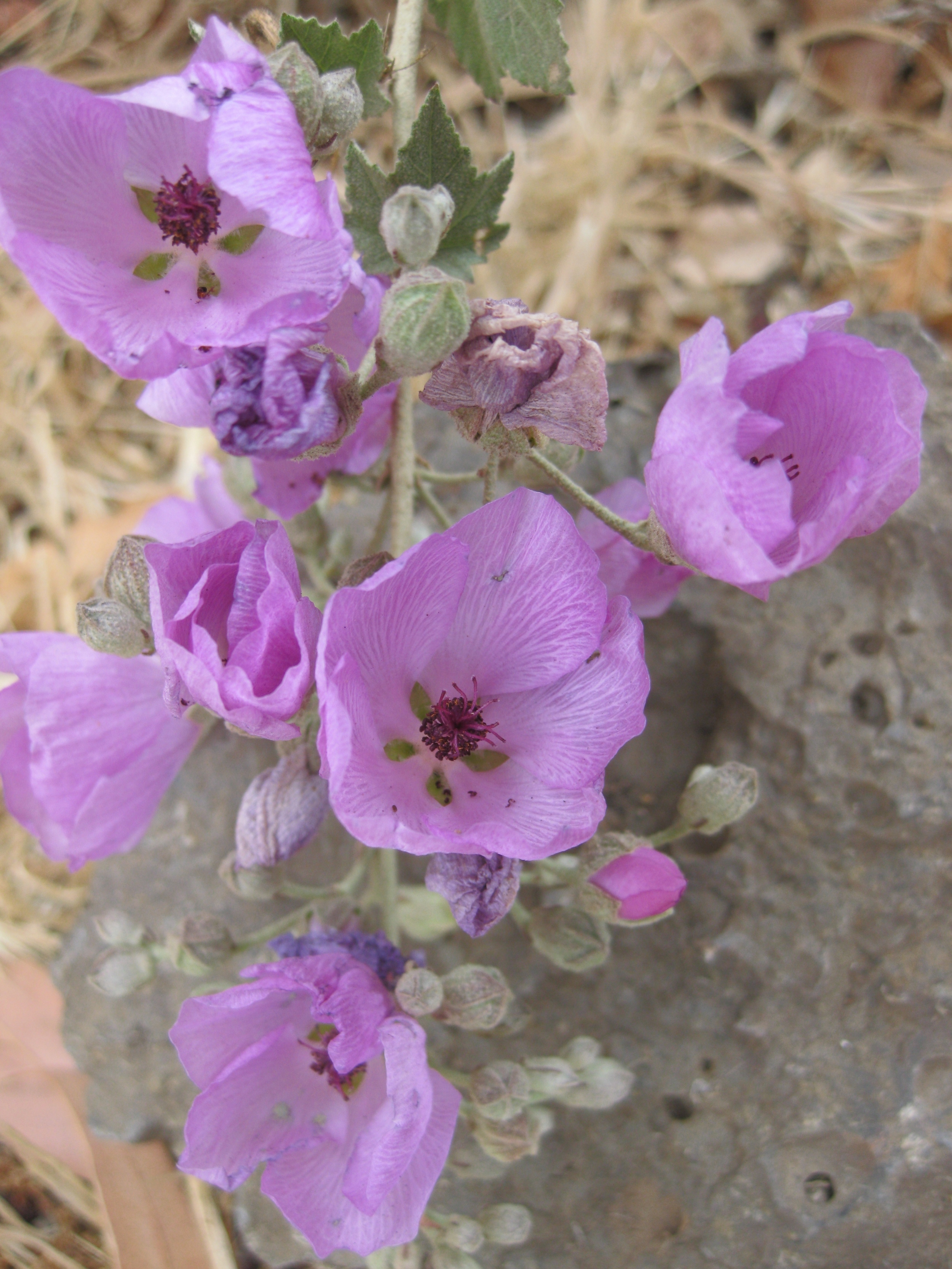

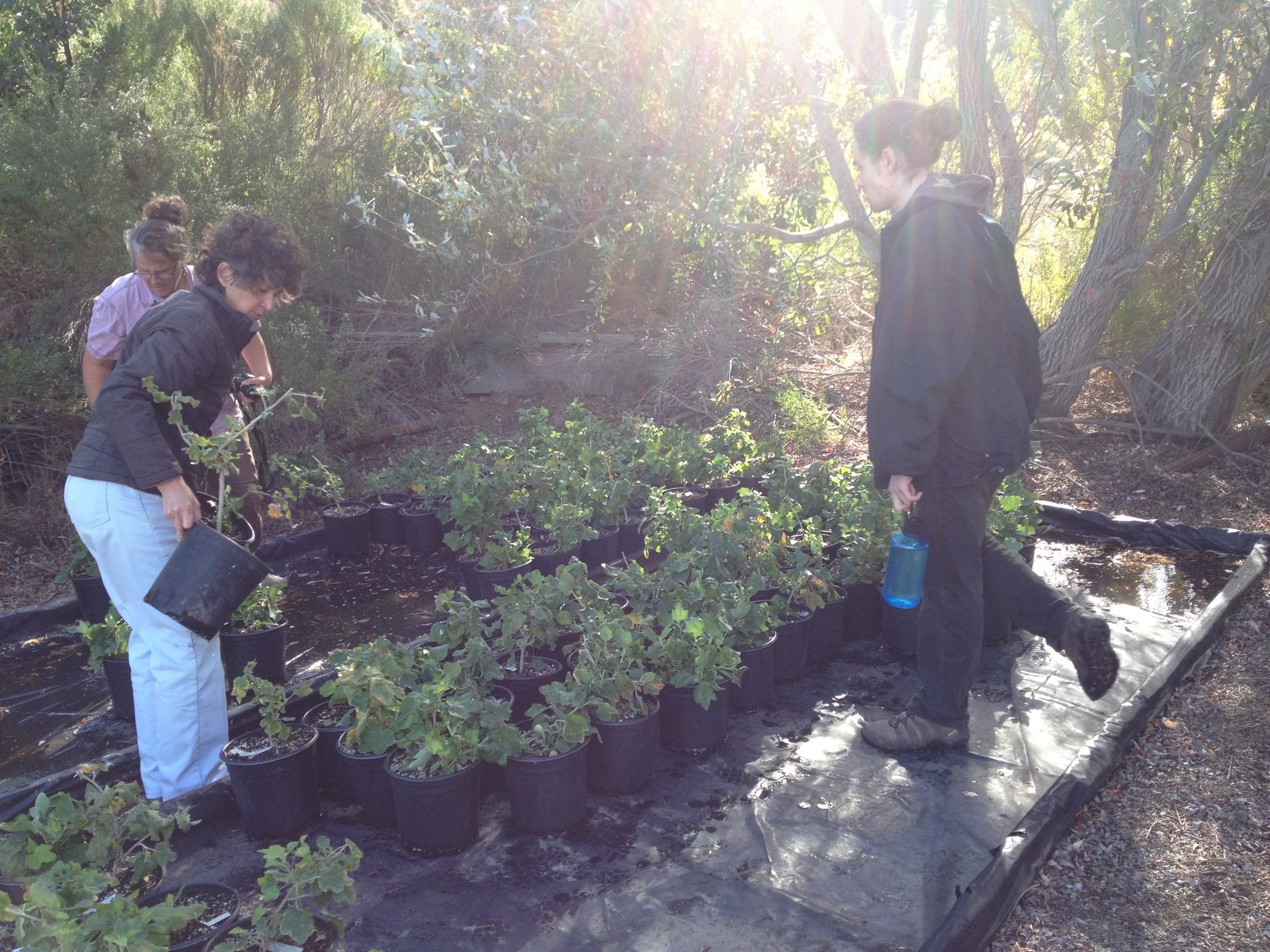
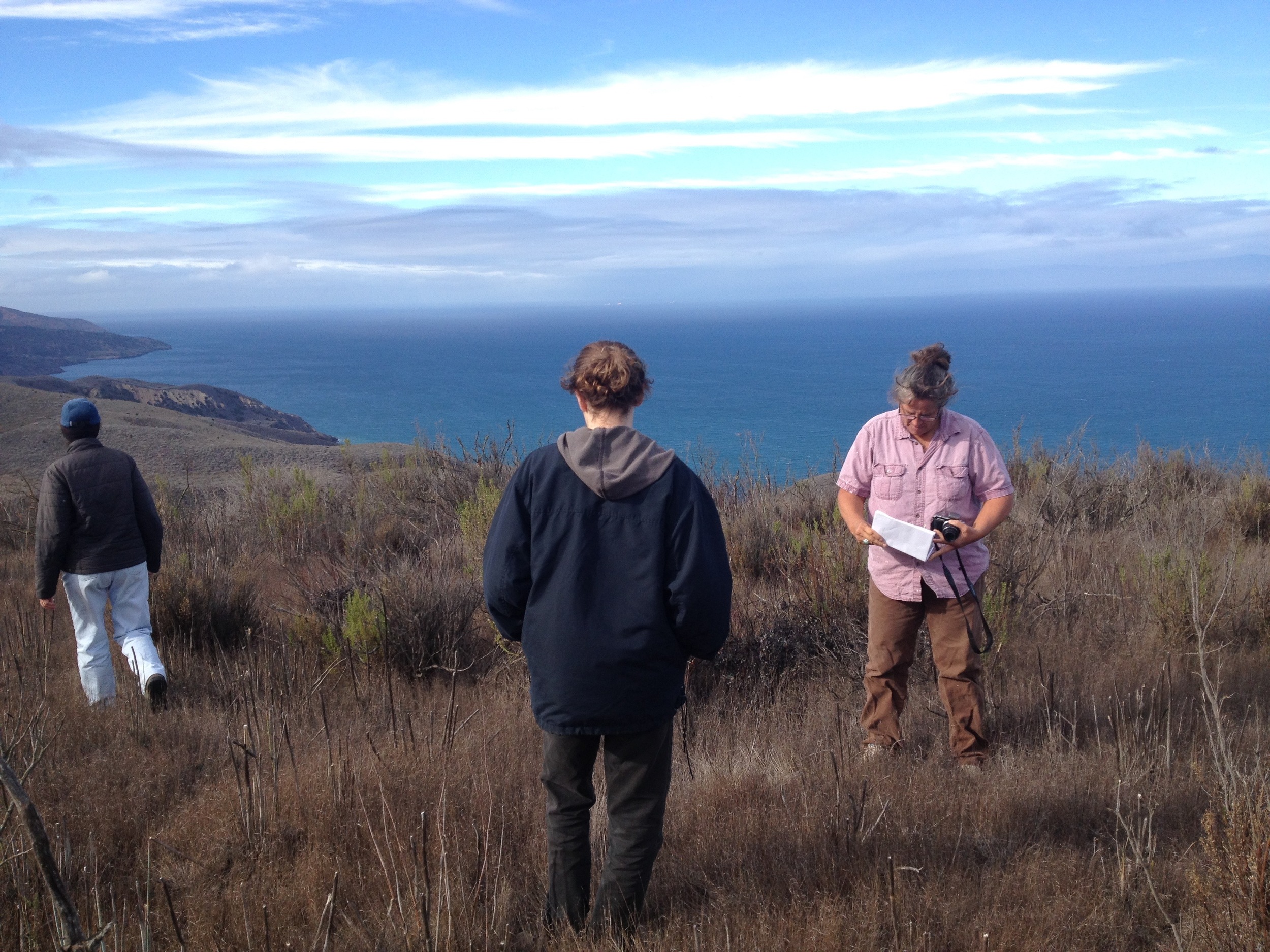
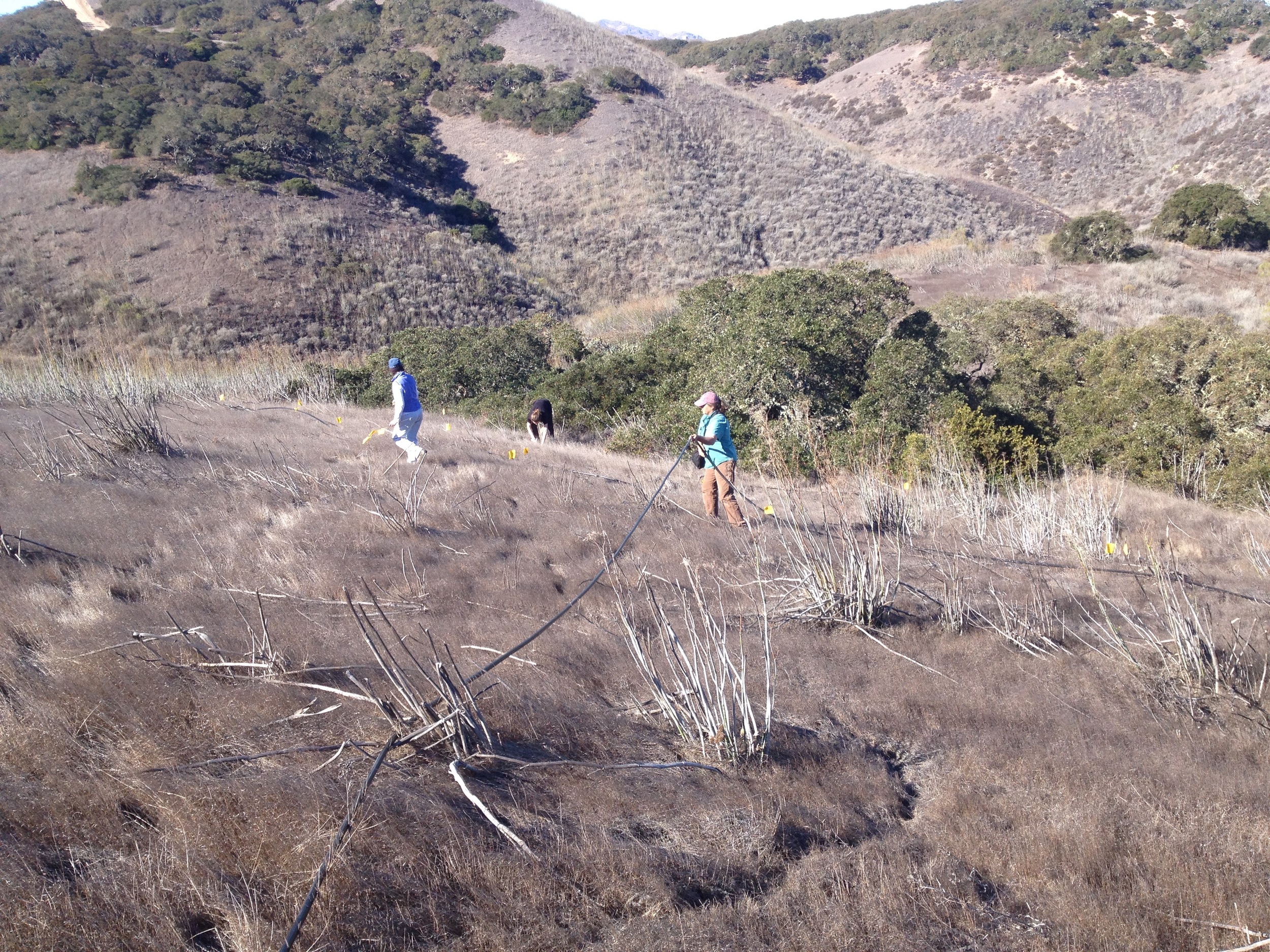
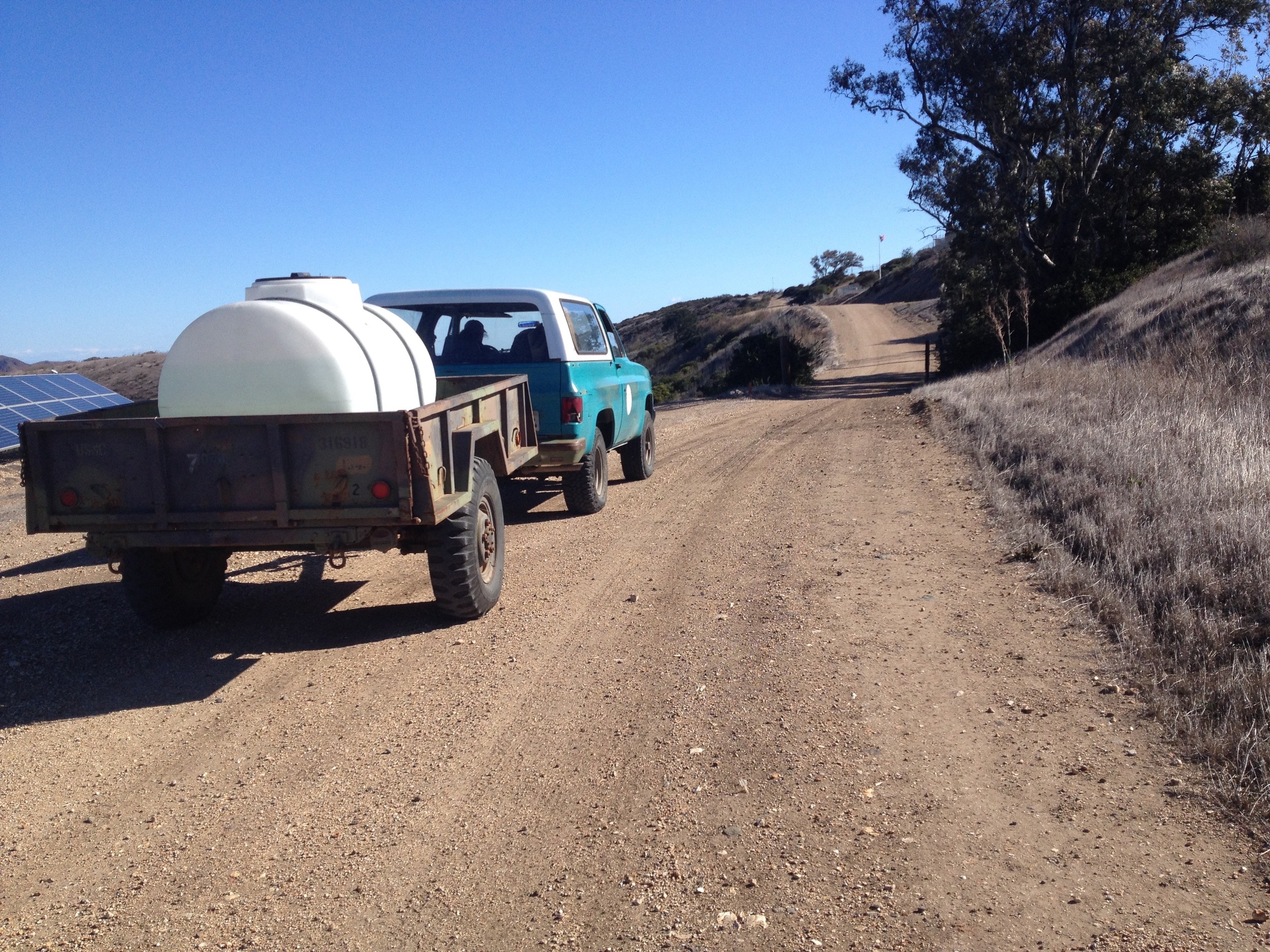
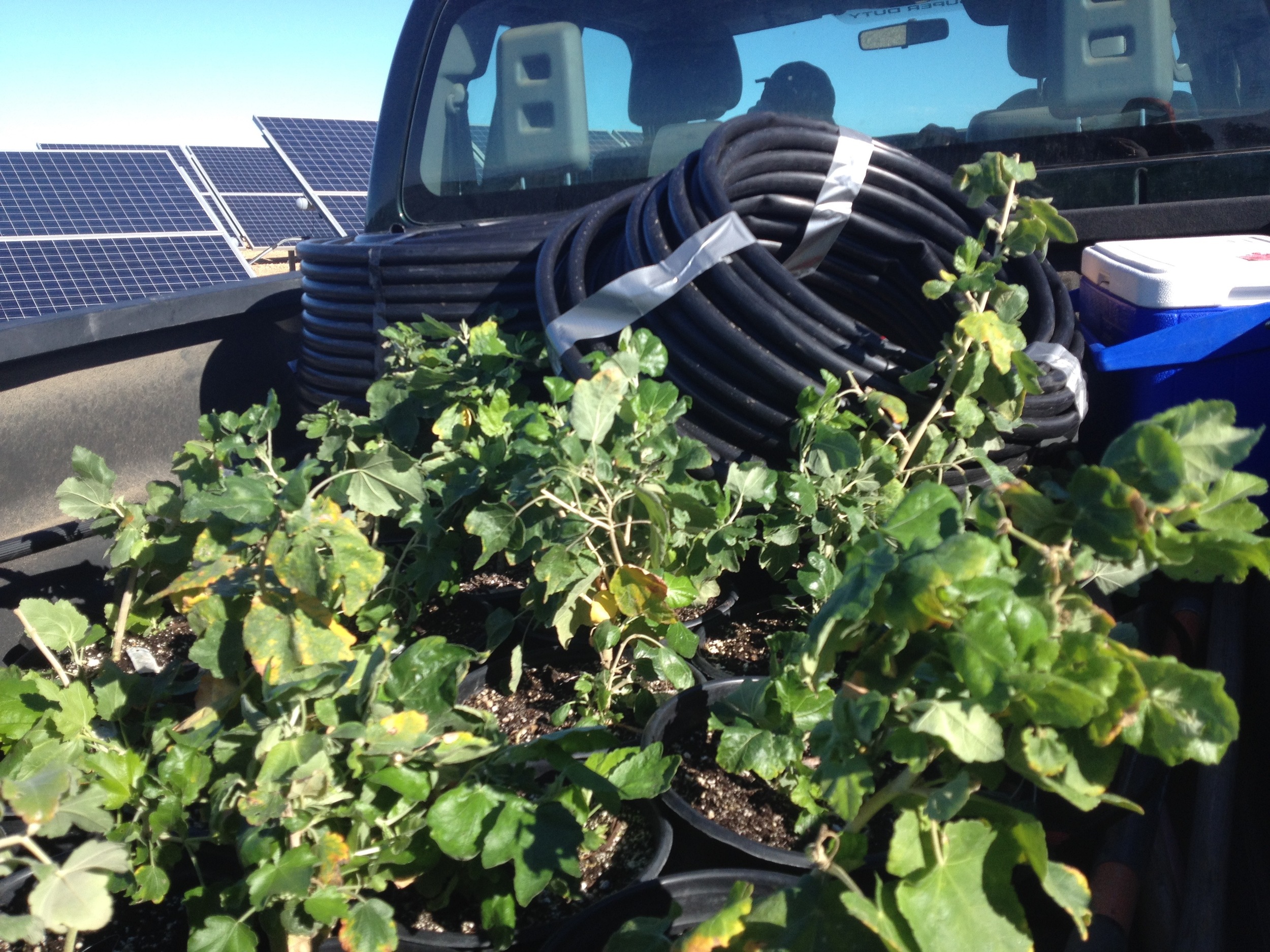
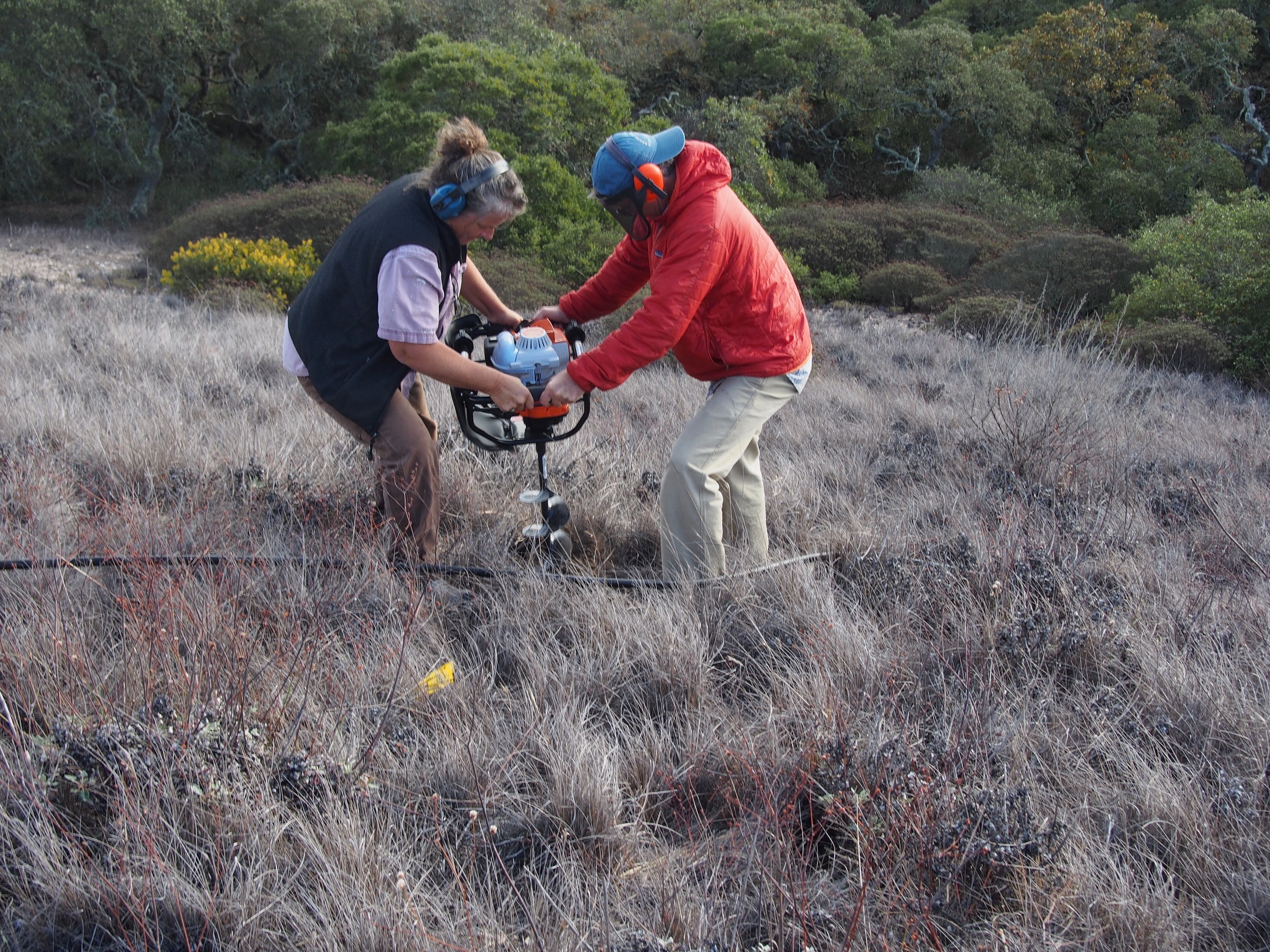
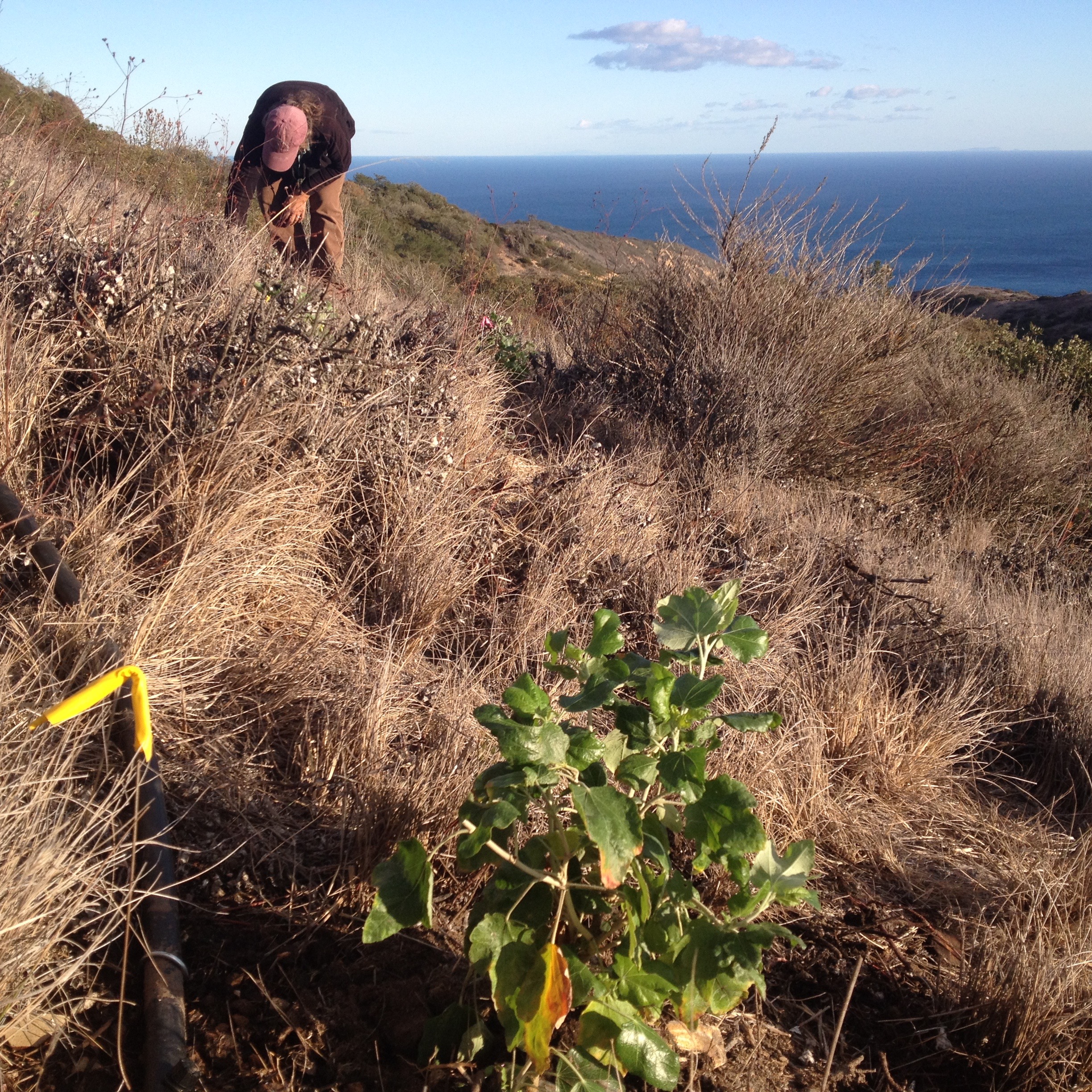

GS Organic Food Production and Composting Workshop
Growing Solutions recently hosted a garden and compost workshop for those interested in organic food production and farming. Over the one-day hands-on workshop we did a sampling of tasks that included raised-bed planting, composting and intercropping of kale, onions and arugula. In an adjoining bed our participants sowed White Sonora wheat. This heirloom wheat was once widely cultivated throughout the Southwest as it requires less water than current commercially grown varieties. We concluded with building a compost pile through layering various organic ingredients (kitchen scraps, shell hulls, chicken manure, etc.) that bio-degrade quickly and “hot” to produce rich fertile soil.


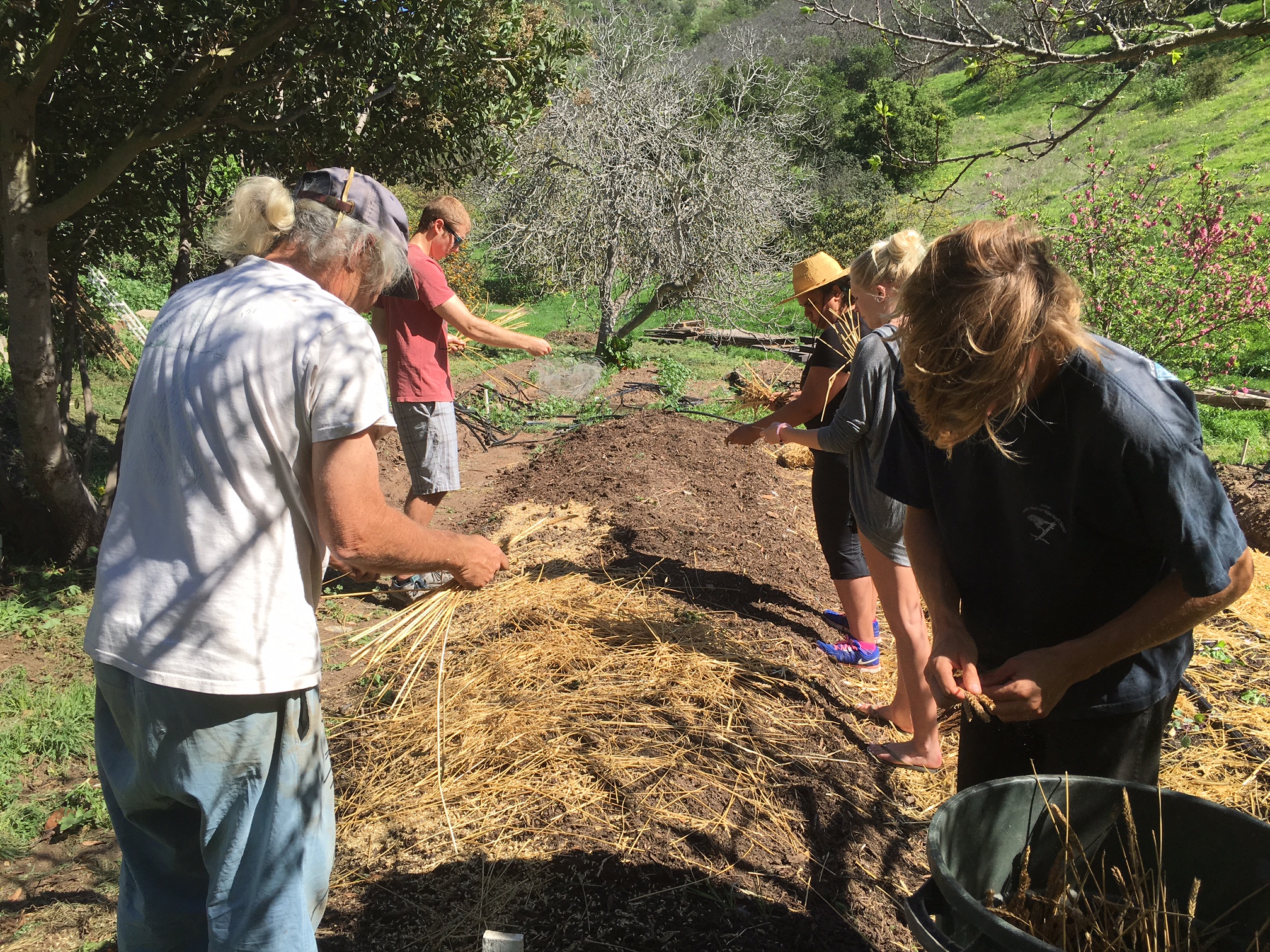
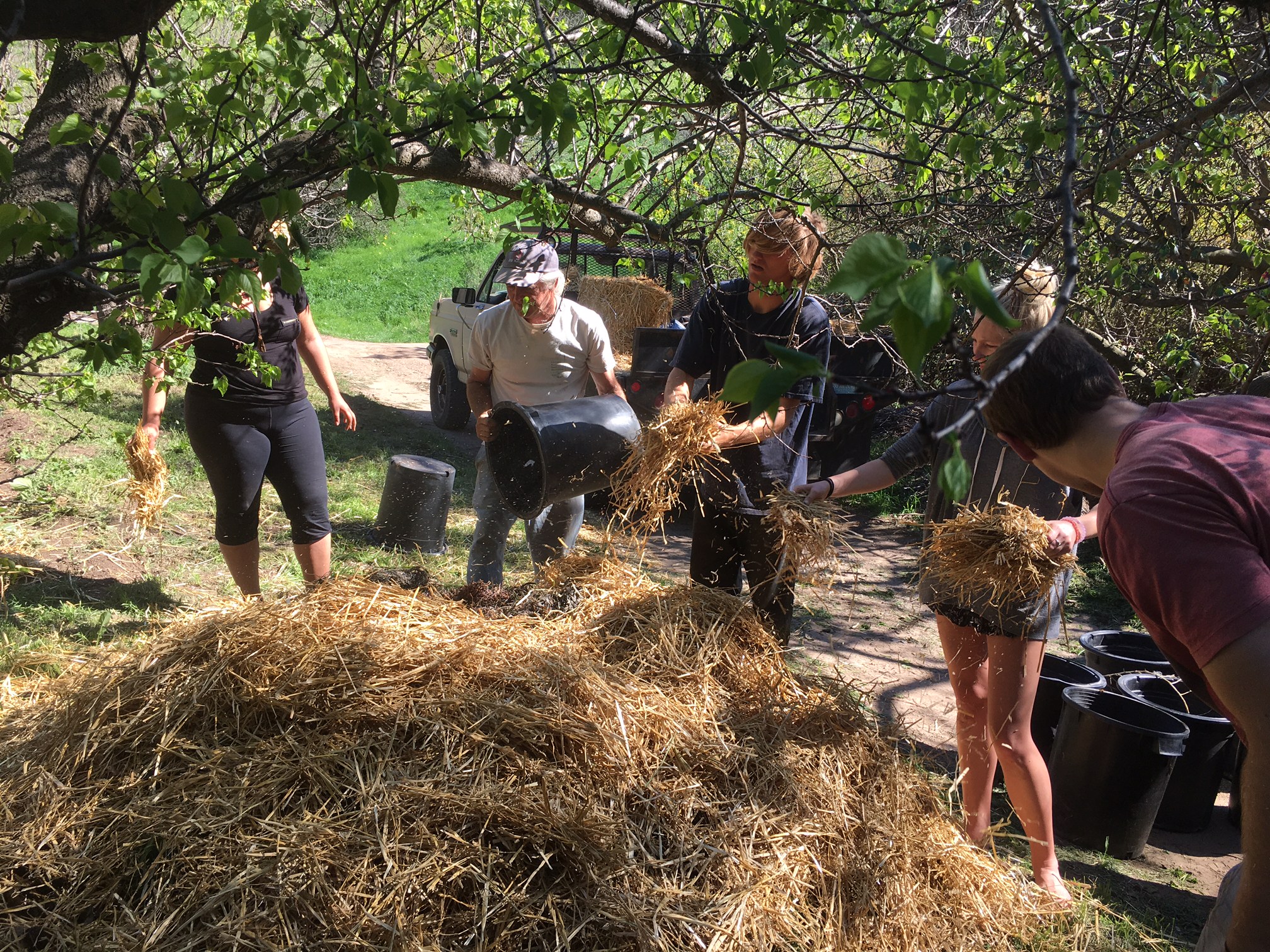
Malibu Lagoon Update
With ongoing restoration and re-vegetation the Malibu Lagoon continues to draw more visitors and researchers. Beginning in 2012, Growing Solutions collected, grew and helped plant site-specific native wetland flora that now covers the tidal islands created during the the three-year State Park restoration project. With the lagoon flushing daily with enhanced tidal flow, the lagoon is seeing cleaner water and increased wildlife. This has been a boon for local birdwatchers and visitors. The California least tern is now nesting in the lagoon after a seventy-year absence and the tidewater goby population has increased leading to increased bird populations and a healthier wetland ecology all around. For a report on recent steelhead trout sightings, click here.
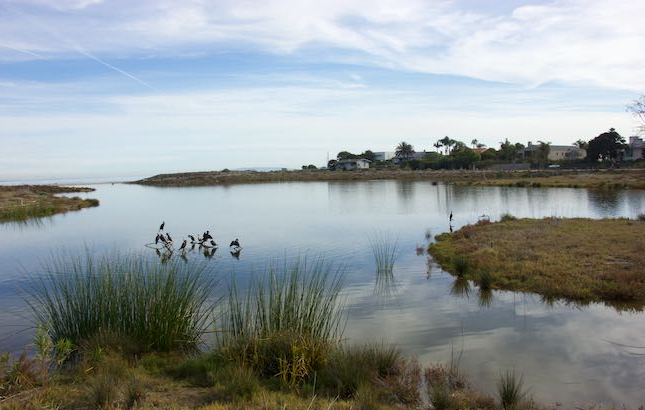
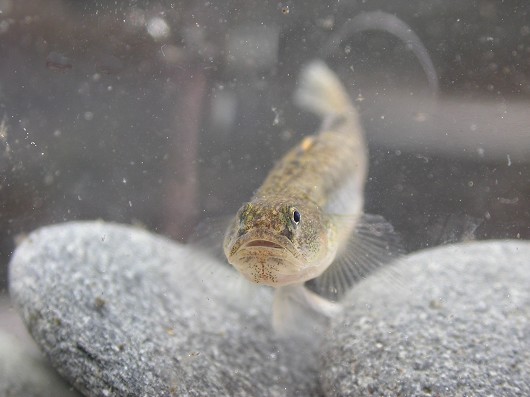
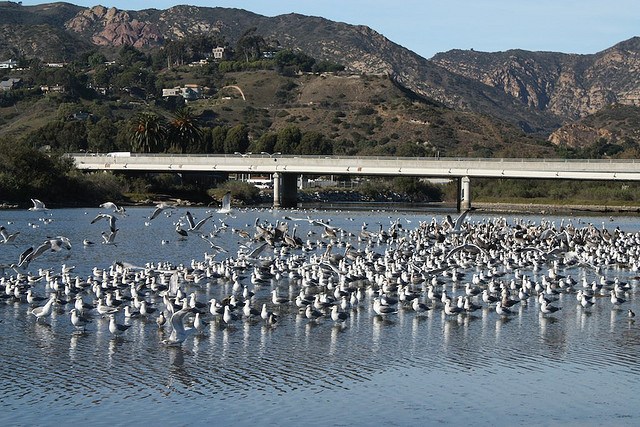
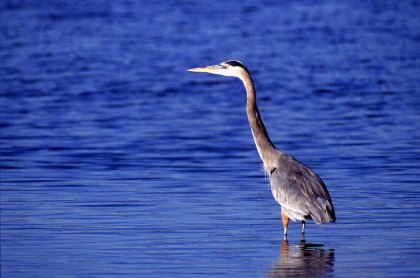
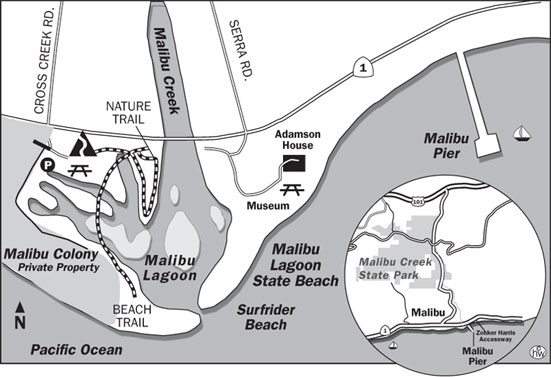

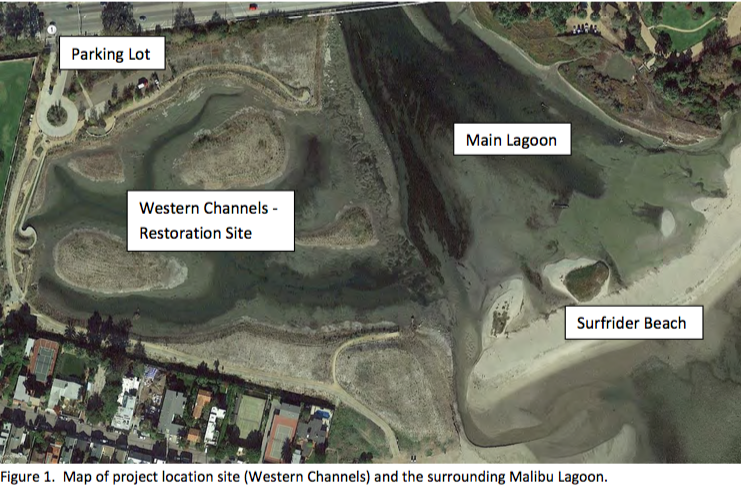
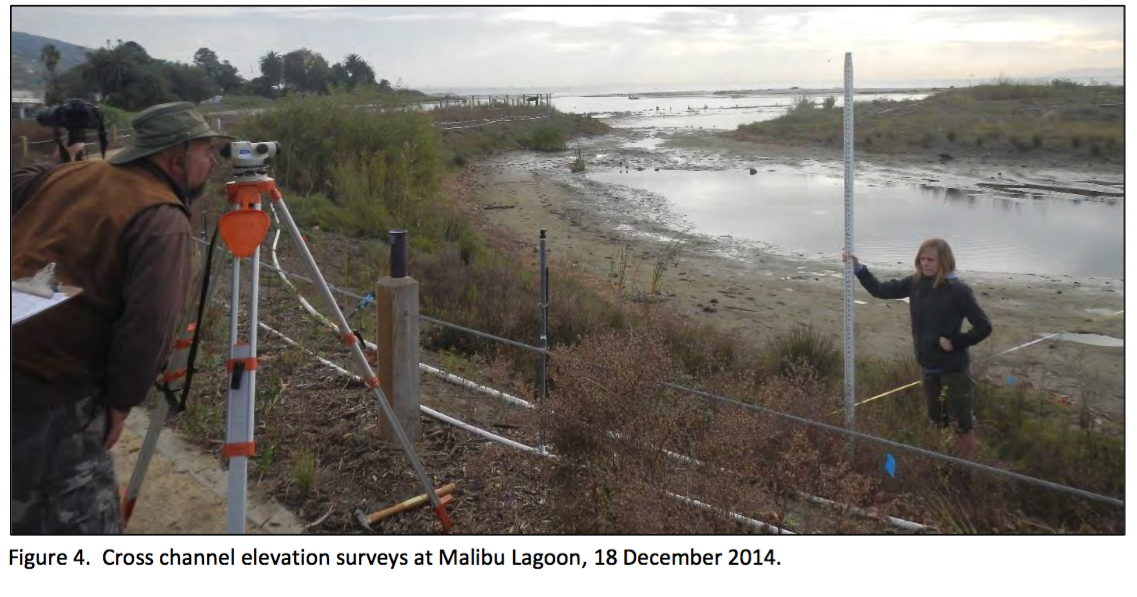
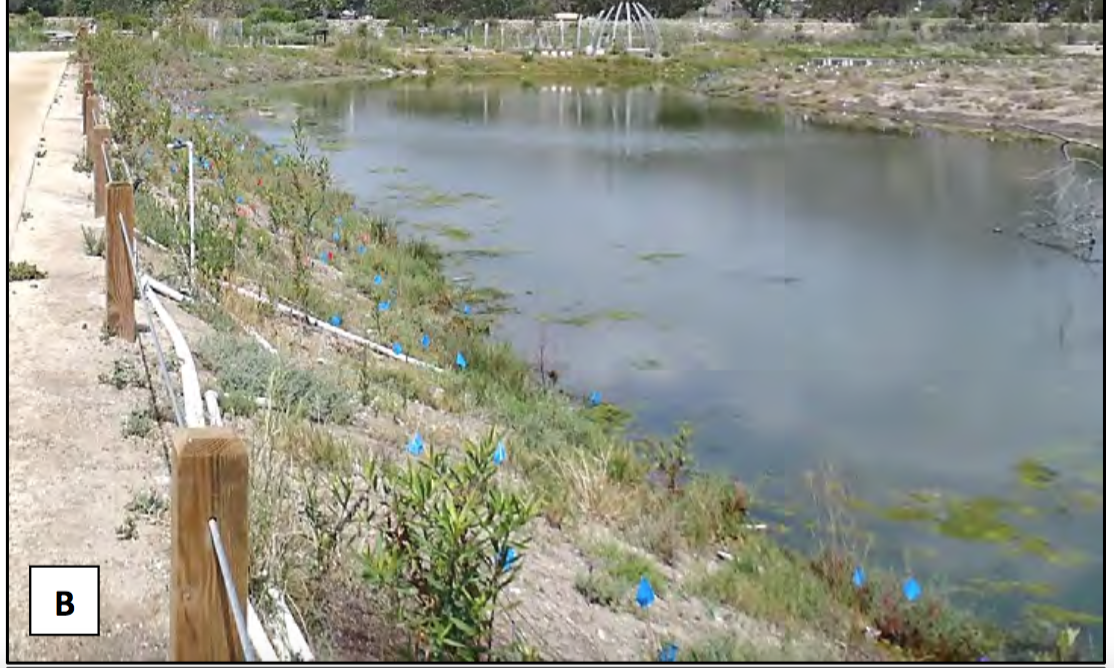

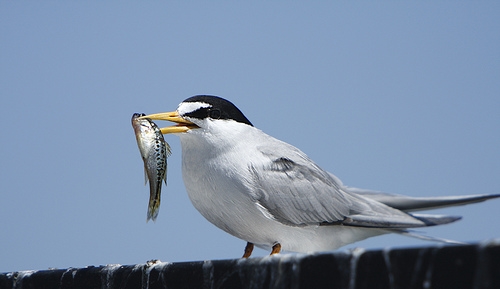
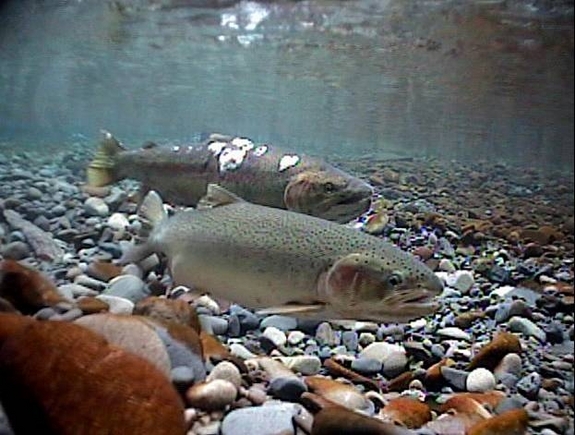

County Nursery Restoration Update
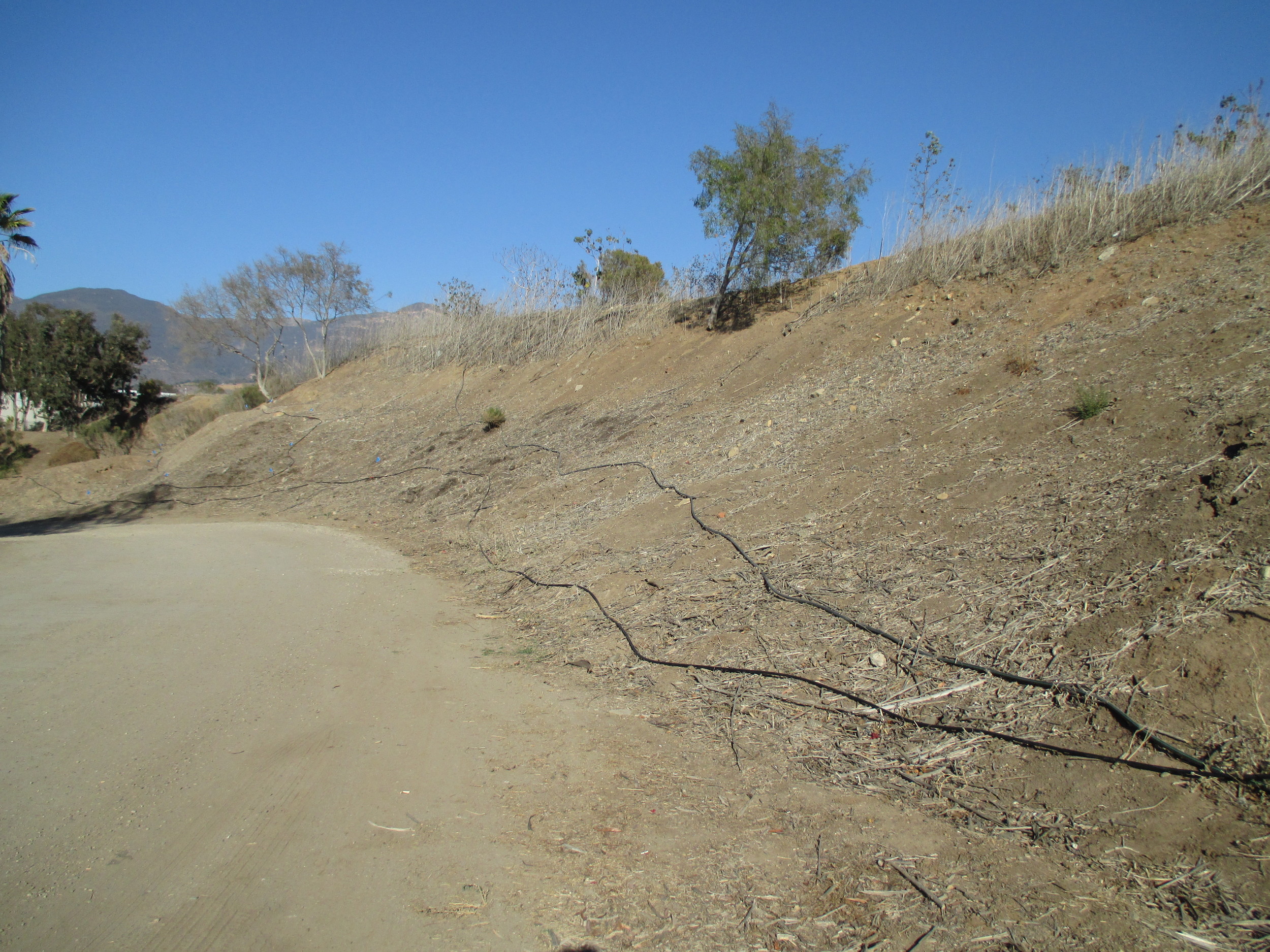
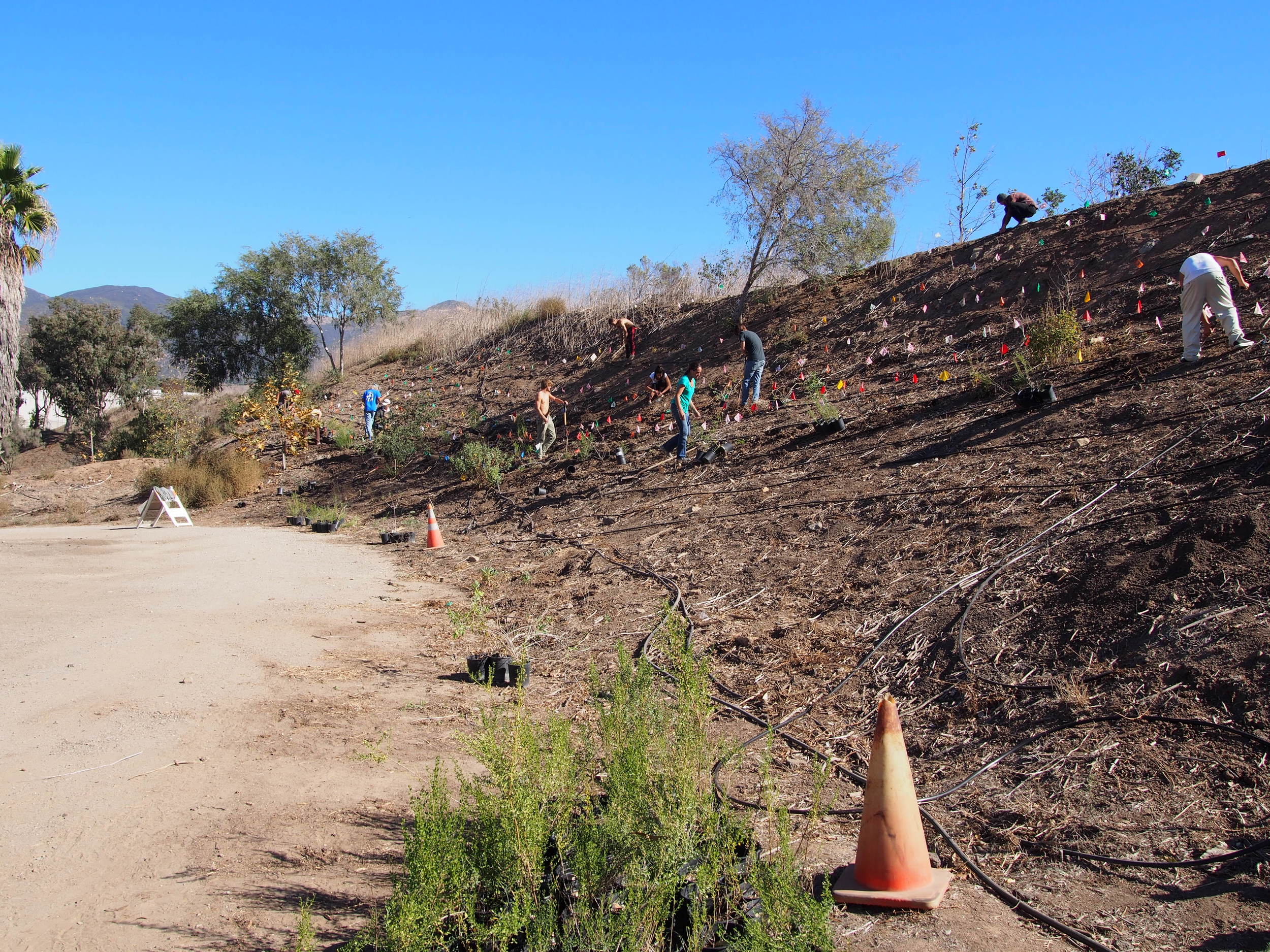
The County Campus Foothill Open Space has "grown up” since planting in 2004. We now have near-total plant native cover that’s hosting birds and wildlife while providing a great place to take a walk. Since receiving the SWANA (Solid Waste Association Of North America) award in 2008 the site has only gotten better. We appreciate county’s staff innovative management of the site and the hundreds of volunteers who worked with us to prep, schlep and plant. Currently we are focusing on the entrance road to the Hearts Therapeutic Riding Club. Over the last 12 months we have planted over 20 native trees and 500 native plants that will fill in and provide soil stabilization, pollinator habitat and a fragrant visual feast for those who appreciate native Southern California flora.
Santa Barbara Island Update
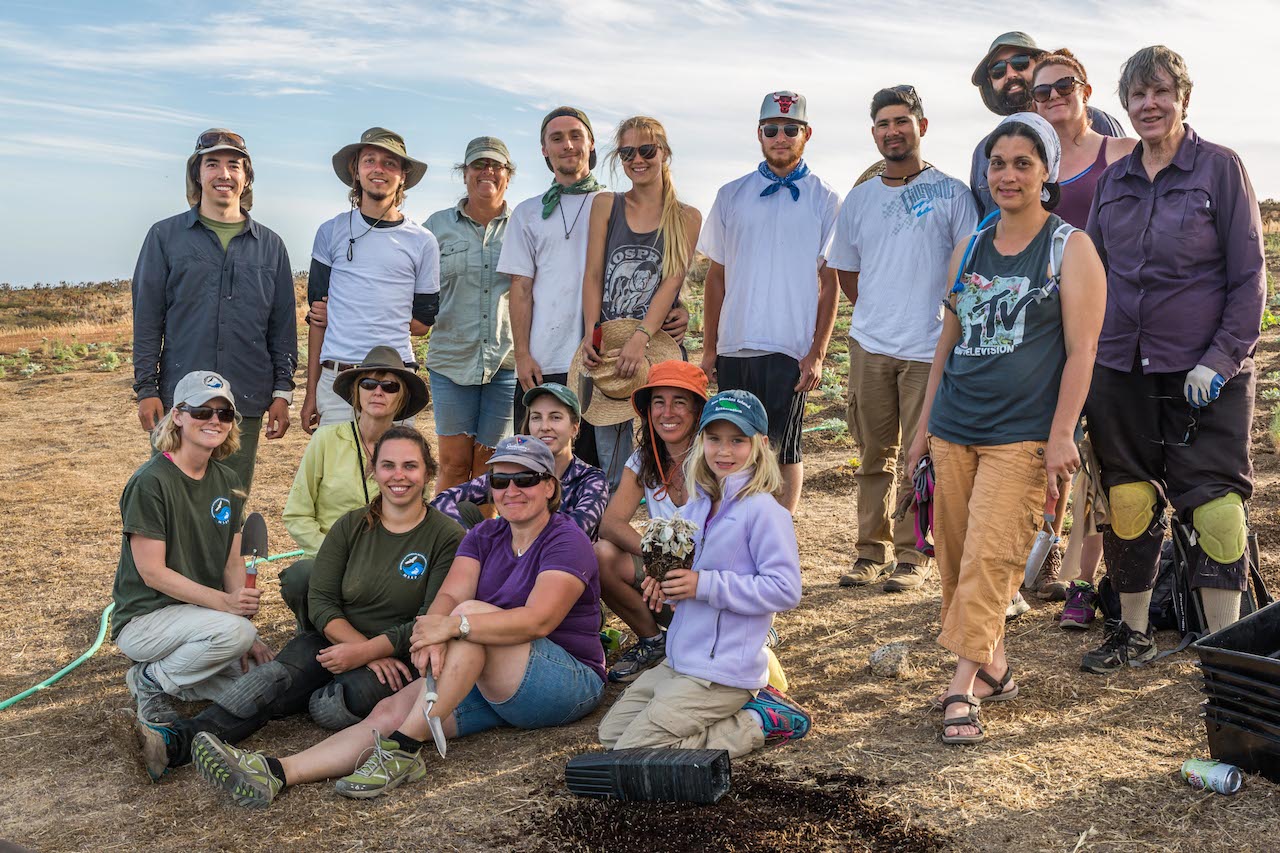
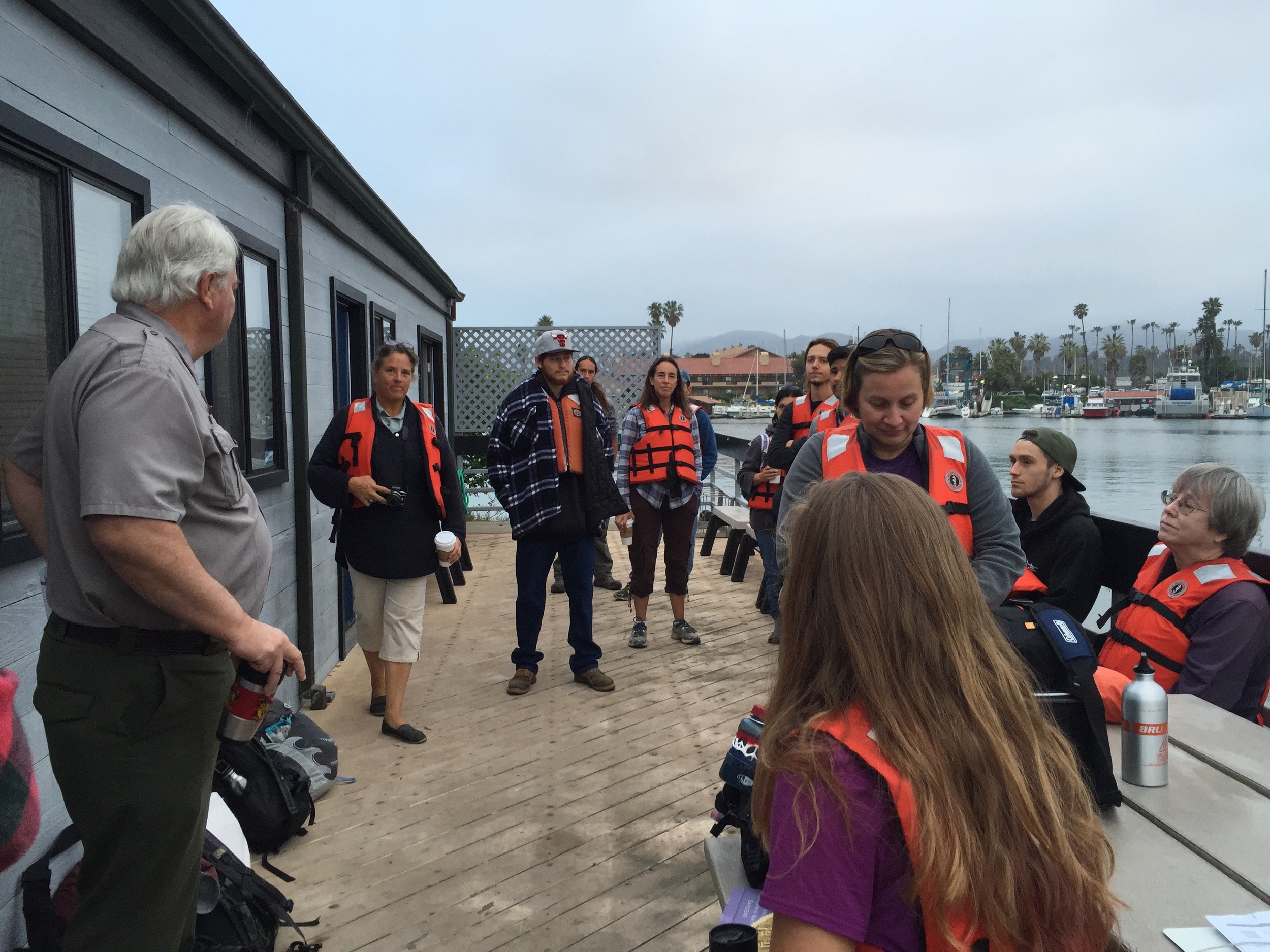

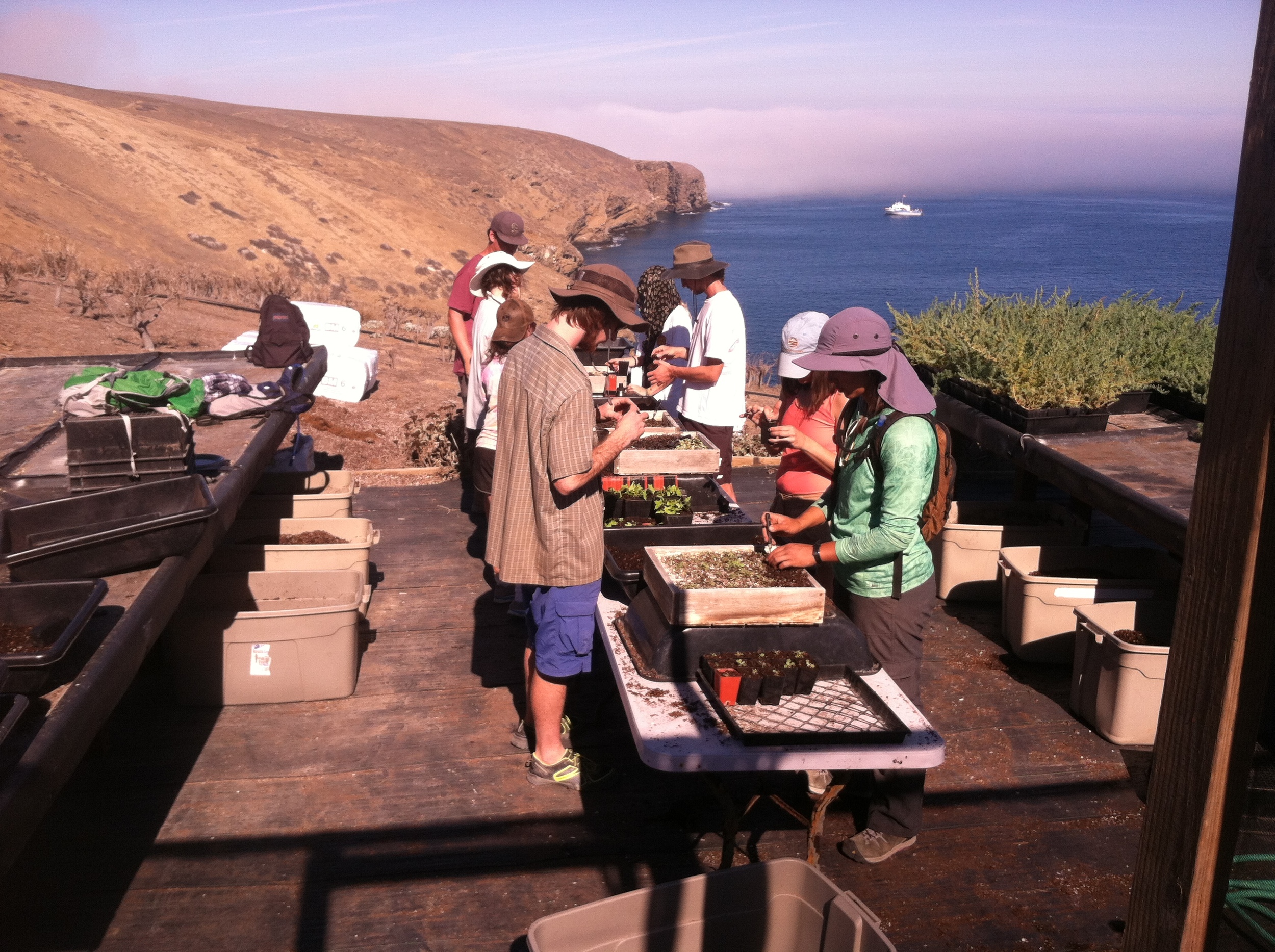
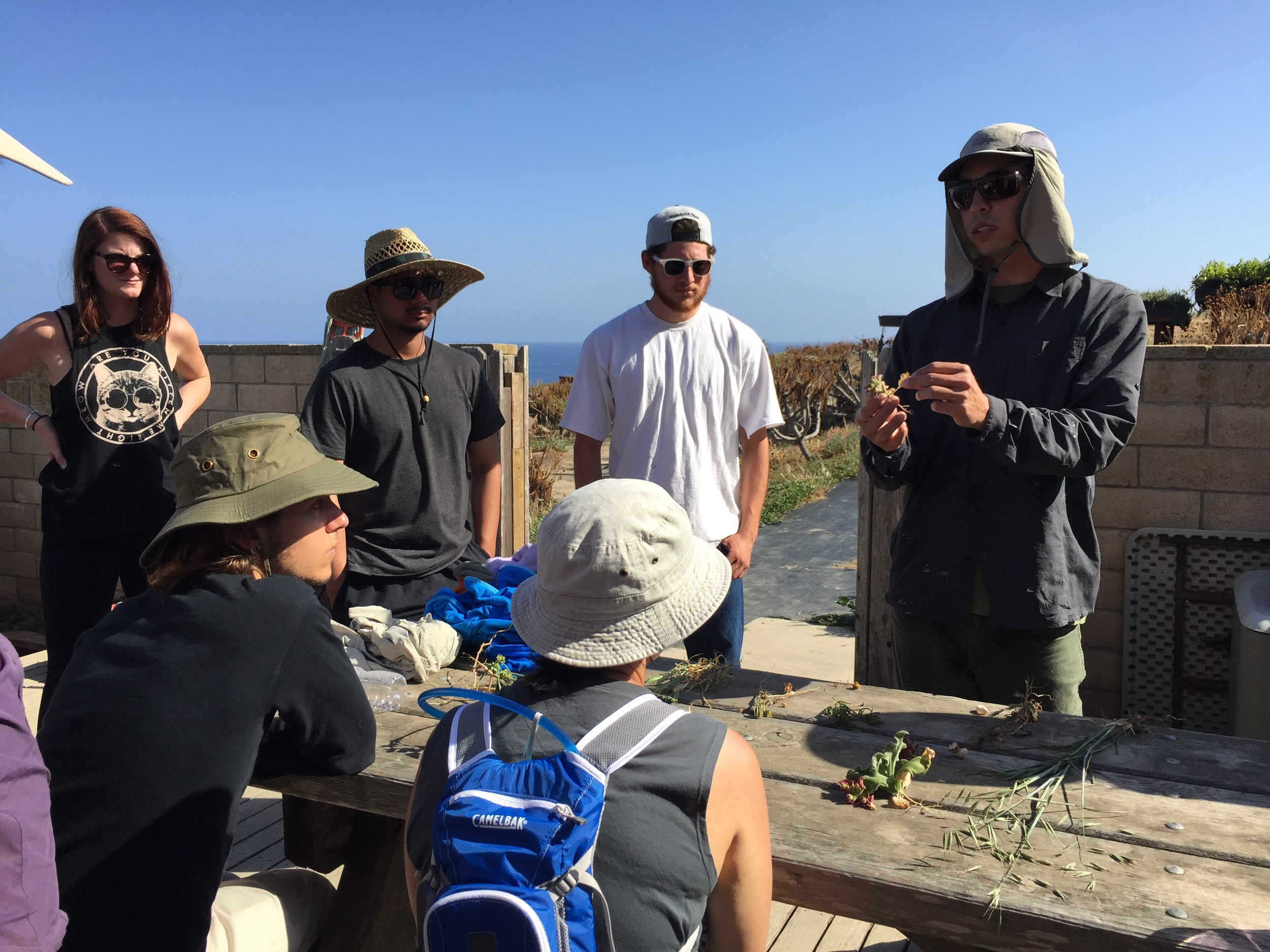

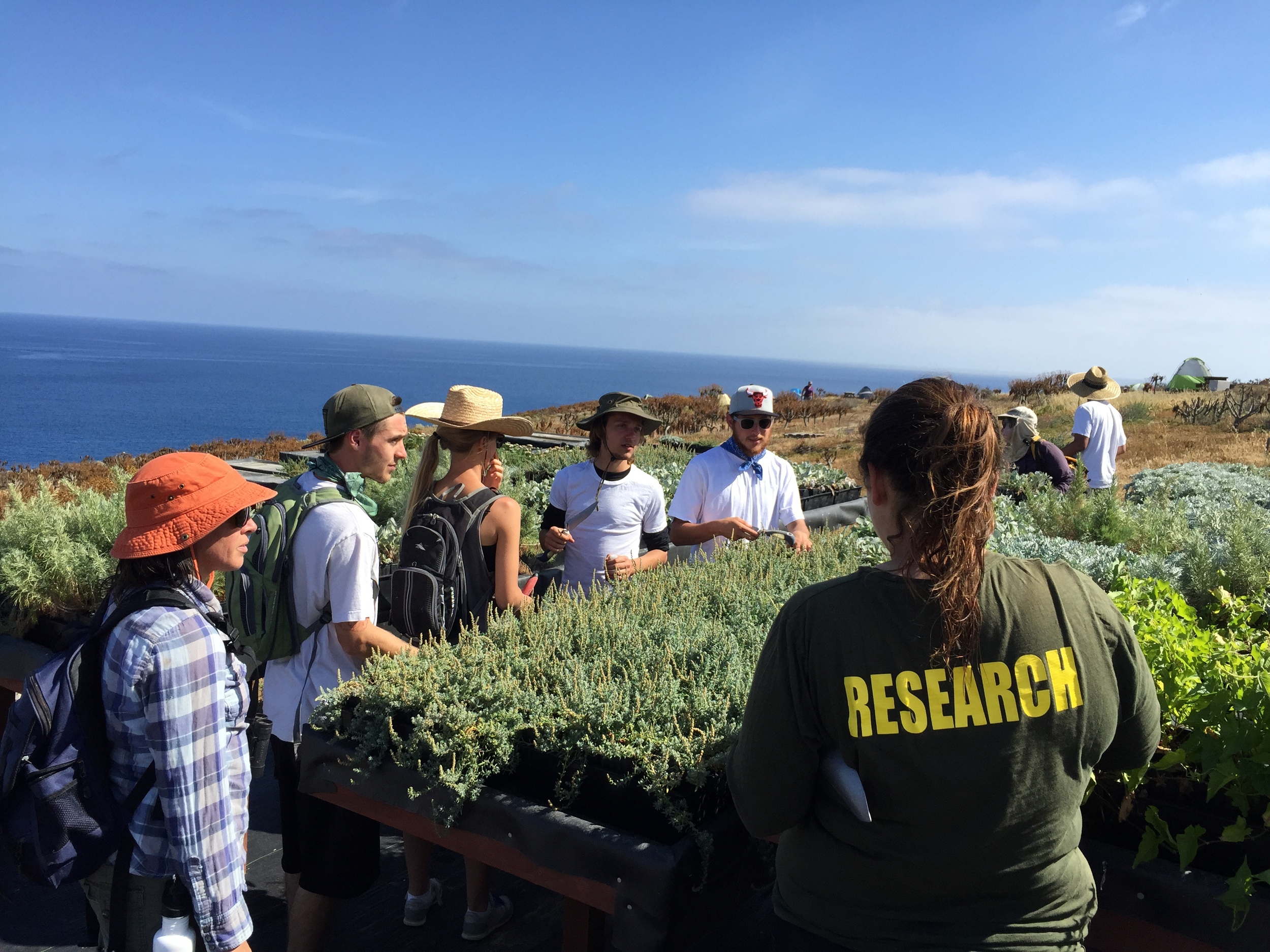
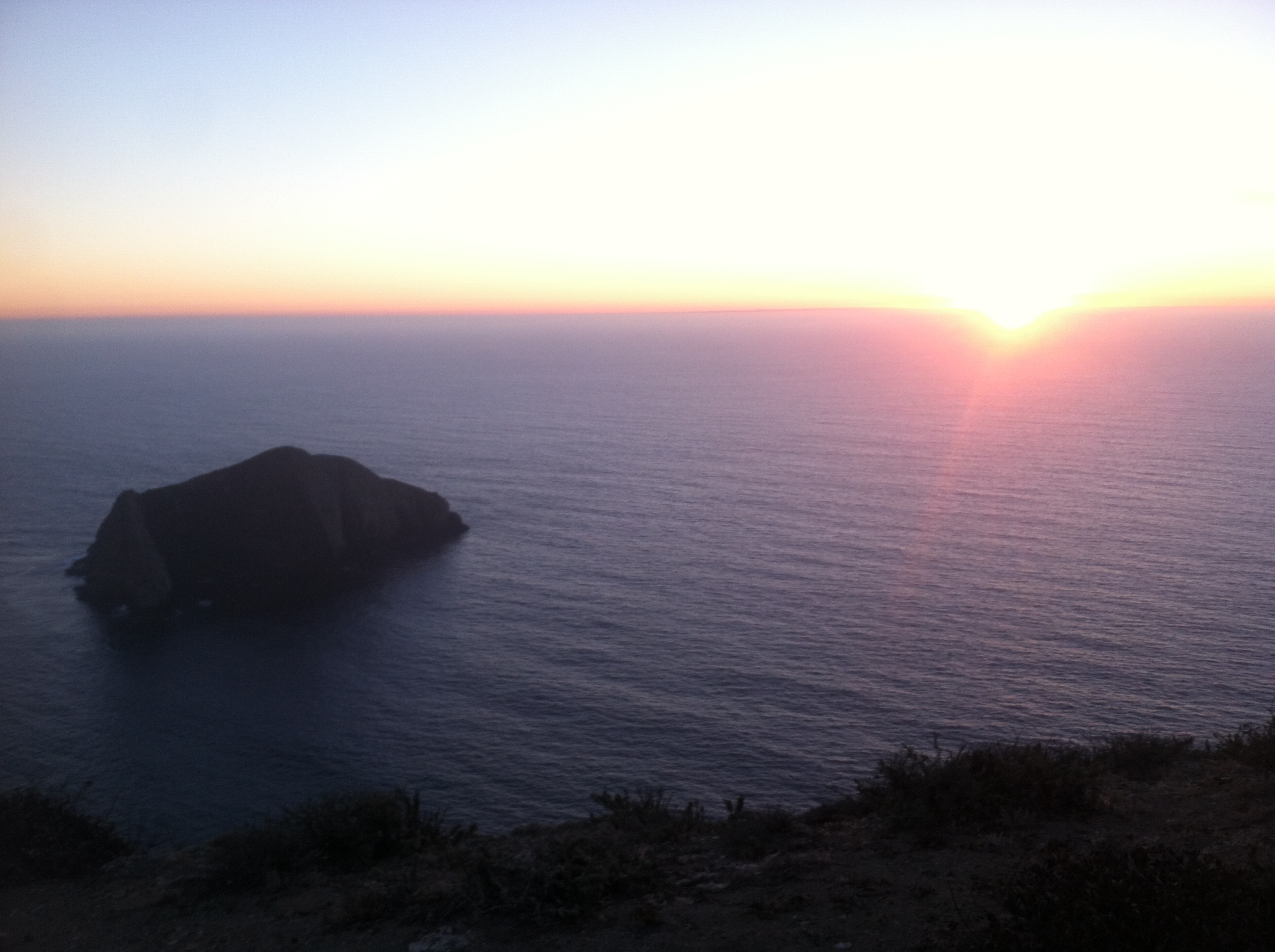
Students from SBCC Ecological Restoration class sailed to Santa Barbara Island this past spring and fall to continue restoration efforts on the Island. In spite of the lengthy drought which spurred extraordinary efforts to get water to this desert island, the plants are surviving and thriving. We are seeing seedling recruitment from some of the species …a very encouraging marker of a plant’s ability to sustain itself. Further, we are seeing the return of Scripp’s Murrelts and Cassin’s Auklets as the native nesting groundcover increases. Heartening signs! Besides planting over 3200 plants students weeded the notorious crystalline iceplant, Mesembryanthemum crystalline, leading to lively speculation about 19th-century sailors who likely brought the South African native to the island in their travels (some say as a supposed syphilis cure). Growing Solutions’ staff, volunteers and students have been involved from the beginning in this exceptional project. Overall combined efforts from staff, volunteers, interns and students have resulted in 30,000 plants in the ground on five sites along the island perimeter increasing the seabird habitat by seven acres. For video and more information CLICK HERE.
SBCC Garden Update
Click here for the latest news on bio remediation - bringing back the soil now that the portable classrooms are gone - from Santa Barbara City College's The Channels newspaper.
Professor Karen Flagg directing traffic at the site. When the clipboard comes out and the finger starts pointing, it's showtime, folks!
Groundbreaking SBCC Campus Garden!
This spring Santa Barbara City College is literally breaking ground to grow food literacy along with tasty organic produce. Responding to increased demand for healthful locally sourced food, the college has designated an eighth-acre garden plot formally paved and occupied by disused portable classrooms. After de-paving and mulching the site to restore soil vitality, students from Environmental Horticulture 207 (Small Scale Food Production) will build, fill and maintain a series of raised-bed vegetable plots. Early crops will include organic salad greens like butterleaf lettuce and arugula along with cool-weather annuals such as kale and rainbow chard. As the weather warms over the spring, volunteers and staffers will layer in sun-loving heirloom tomatoes and peppers. The organic veggies and herbs will be hand harvested and used by SBCC’s acclaimed School of Culinary Arts and Hotel Management to feed students, staff and faculty. "Whatever you grow, we will make it taste good," says Charlie Fredricks, new head of the Culinary Arts program. Growing Solutions’ Don Hartley, along with SBCC grounds supervisor Mark Broomfield (a former EH student), will be supervising construction and maintenance. Stay tuned…more updates as we progress on this exciting new venture!
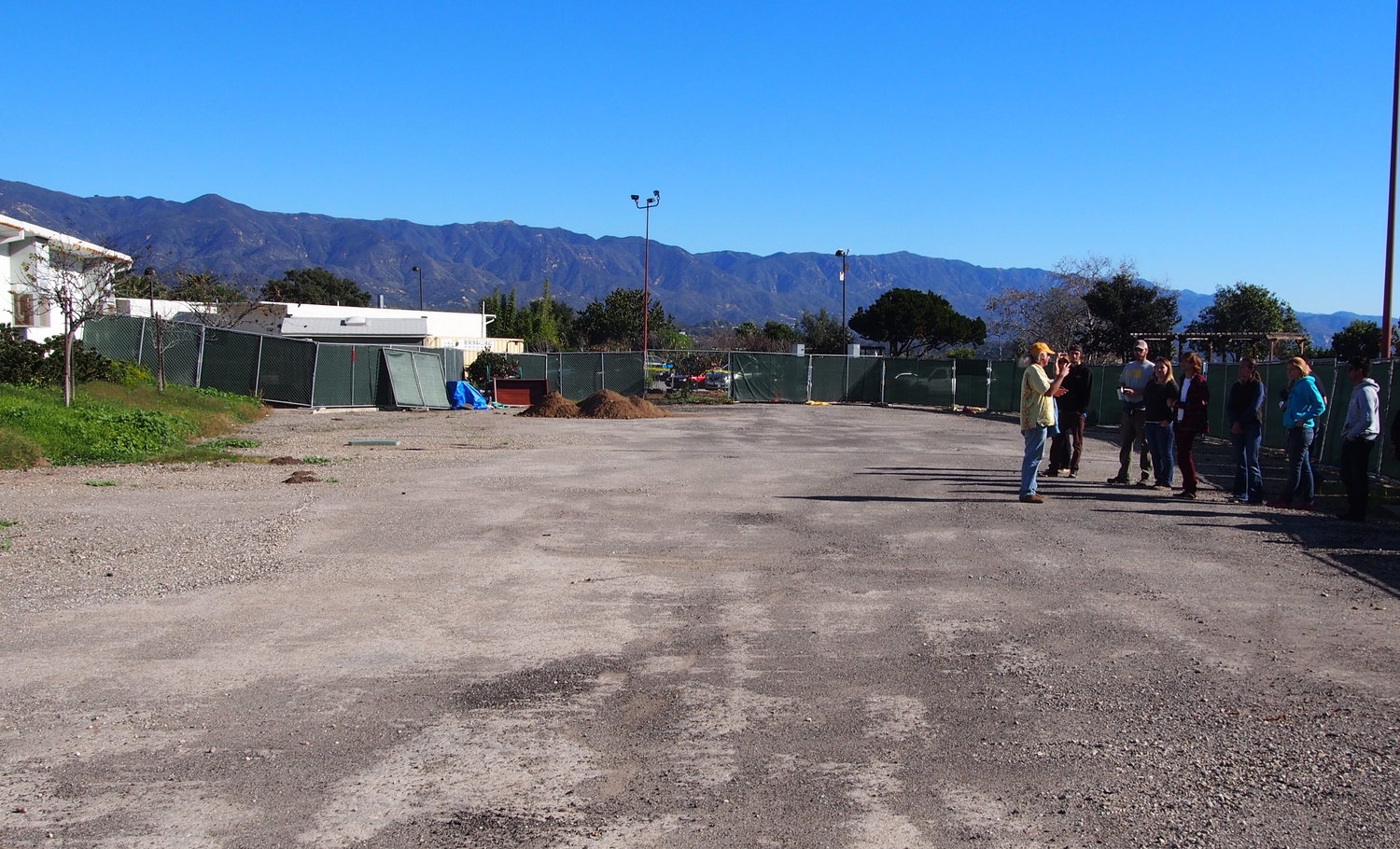
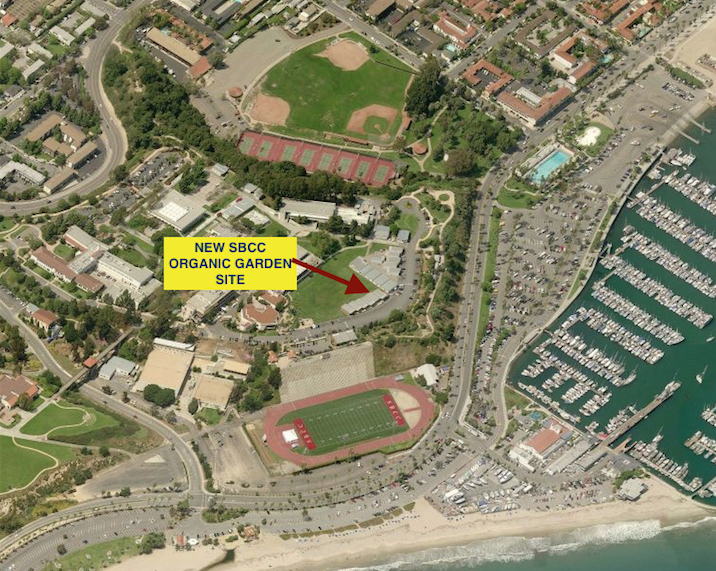
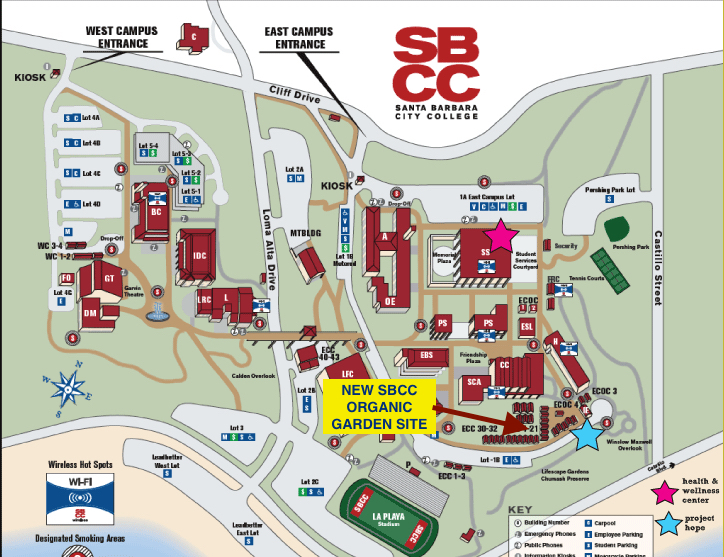
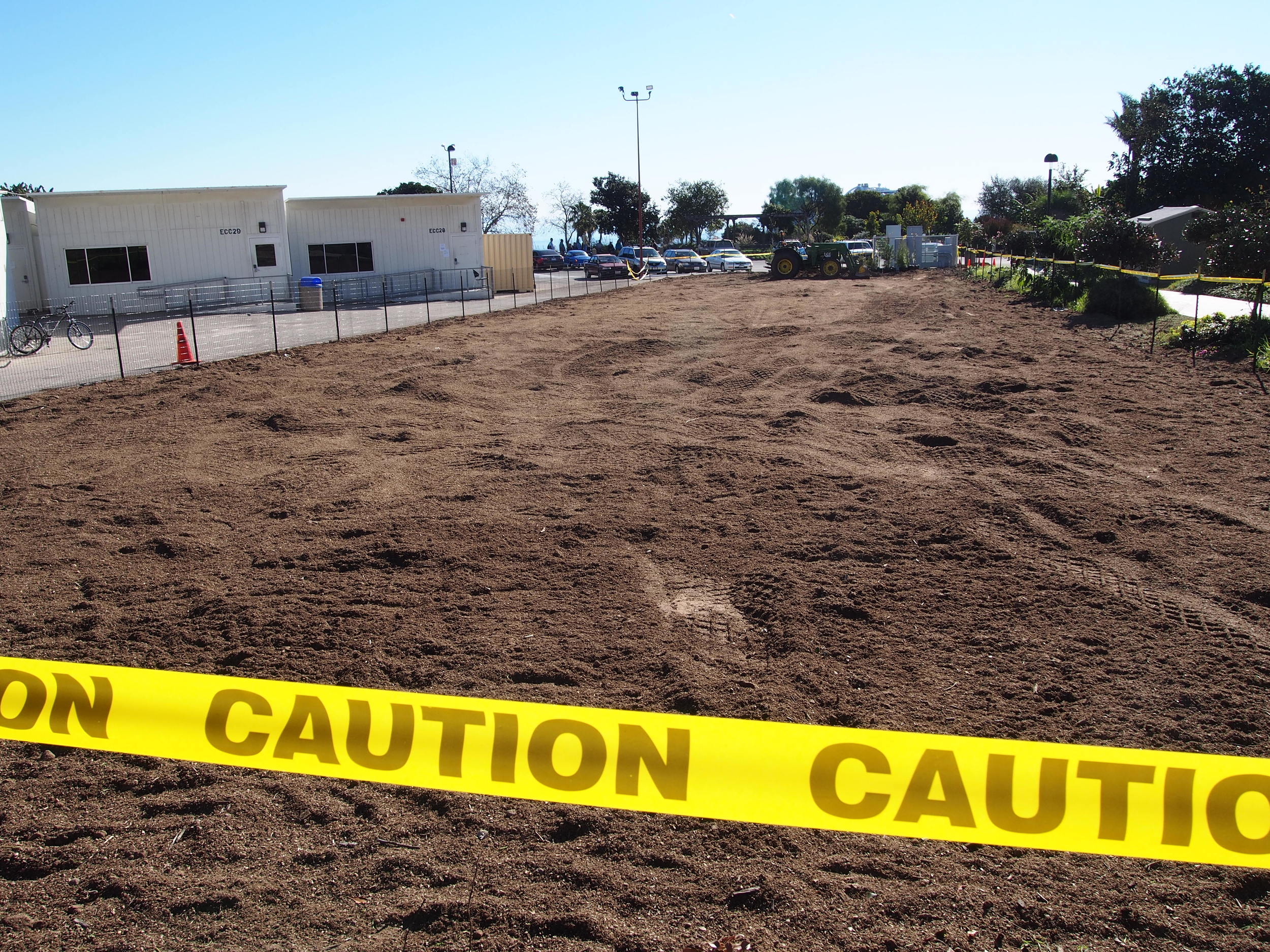
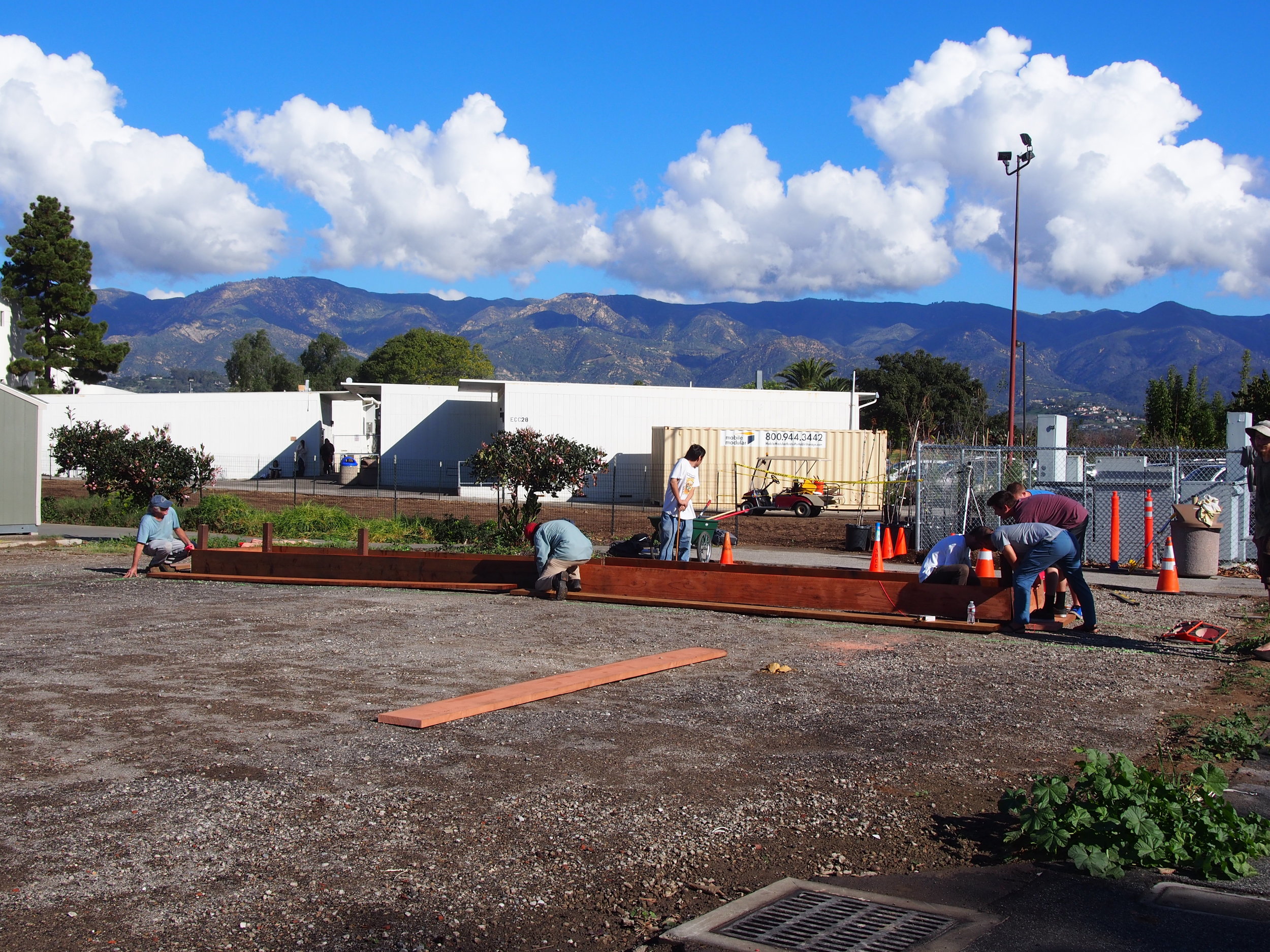
Santa Barbara Island April Field Trip
Sailing at the crack of dawn to take advantage of the calm before the blow, Santa Barbara City College Ecological Restoration students joined Growing Solutions and the Montrose-funded Seabird Team in the continued extreme restoration of Santa Barbara Island, the furthest outpost of the Channel Islands National Park. The targeted task was removal of Mesembryanthemum crystallinum, crystalline iceplant, a distinctive species native to South Africa with centuries-long history of use and transport by sailors and oceangoing travelers. Crystalline iceplant is a hardy pioneer species that thrives in harsh coastal conditions, able to filter salt-laden air in poor soil. When the individual plants die they release stored salt into the soil, In the case of Santa Barbara Island it leaves the soil saltier than pre-iceplant soil and in some cases so salty even the iceplant can’t grow. Because of the increase in soil salinity the iceplant produces soil conditions to favor itself over native species that provide critical habitat for seabird nesting. Over four sunny, windy days students and volunteers camped, hiked and weeded iceplant around native plants planted in the fall with the objective of restoring the native coastal bluff habitat. The hardy low-growing drought-tolerant plants (SBI only received three inches of rain this past season) are perfect cover and nesting habitat for threatened Cassin’s auklets and Xantus’ murrelets.
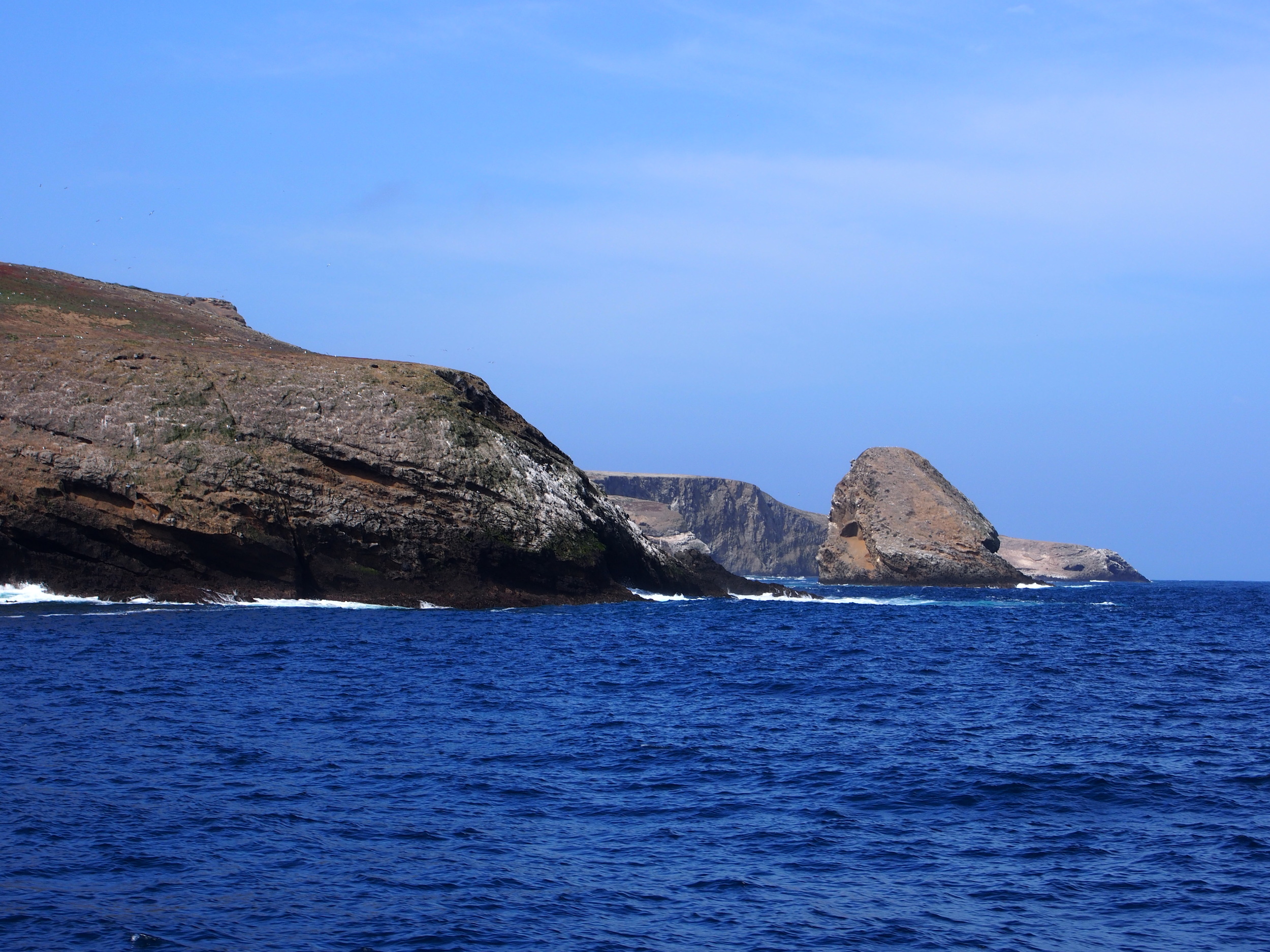
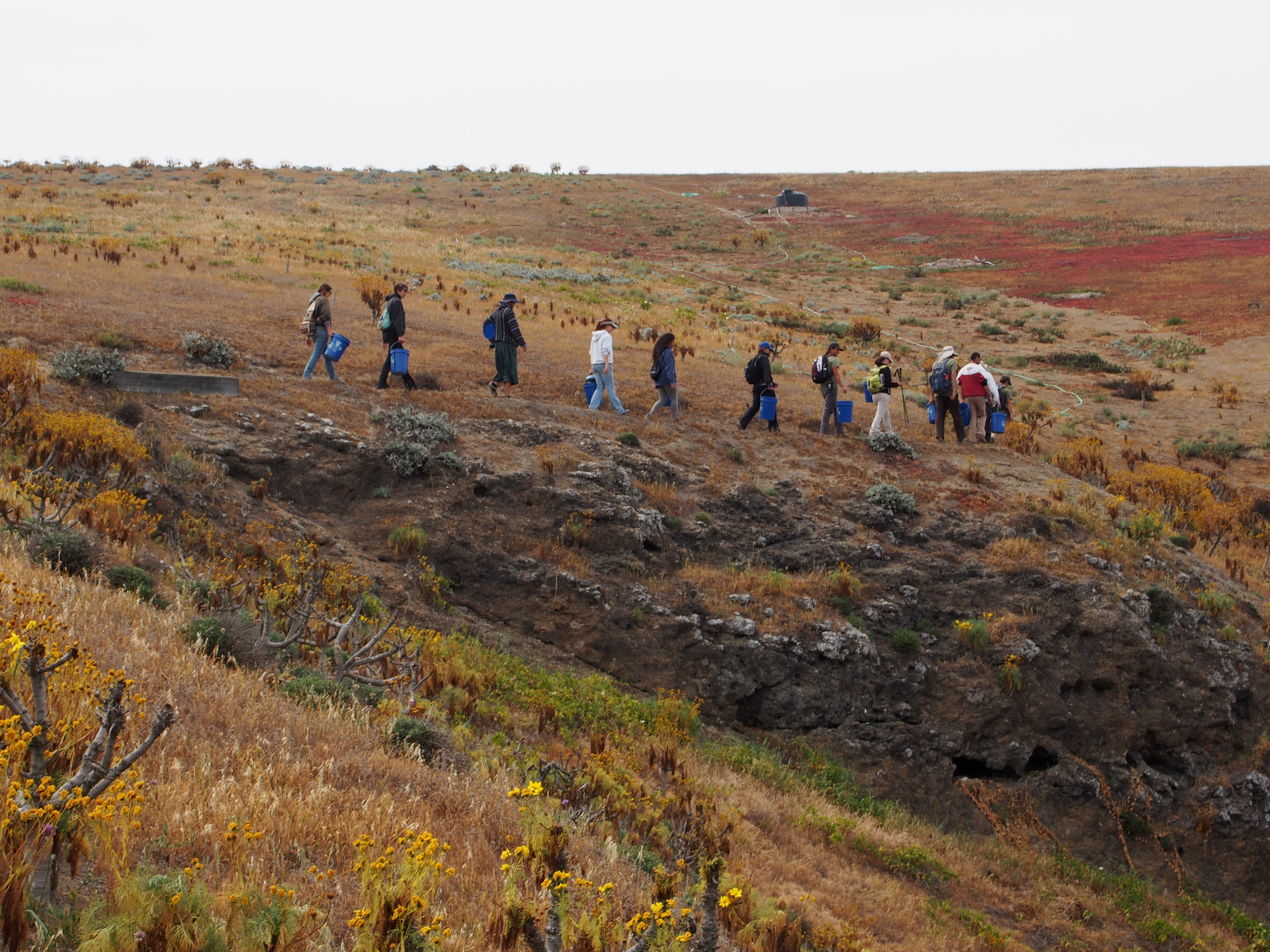

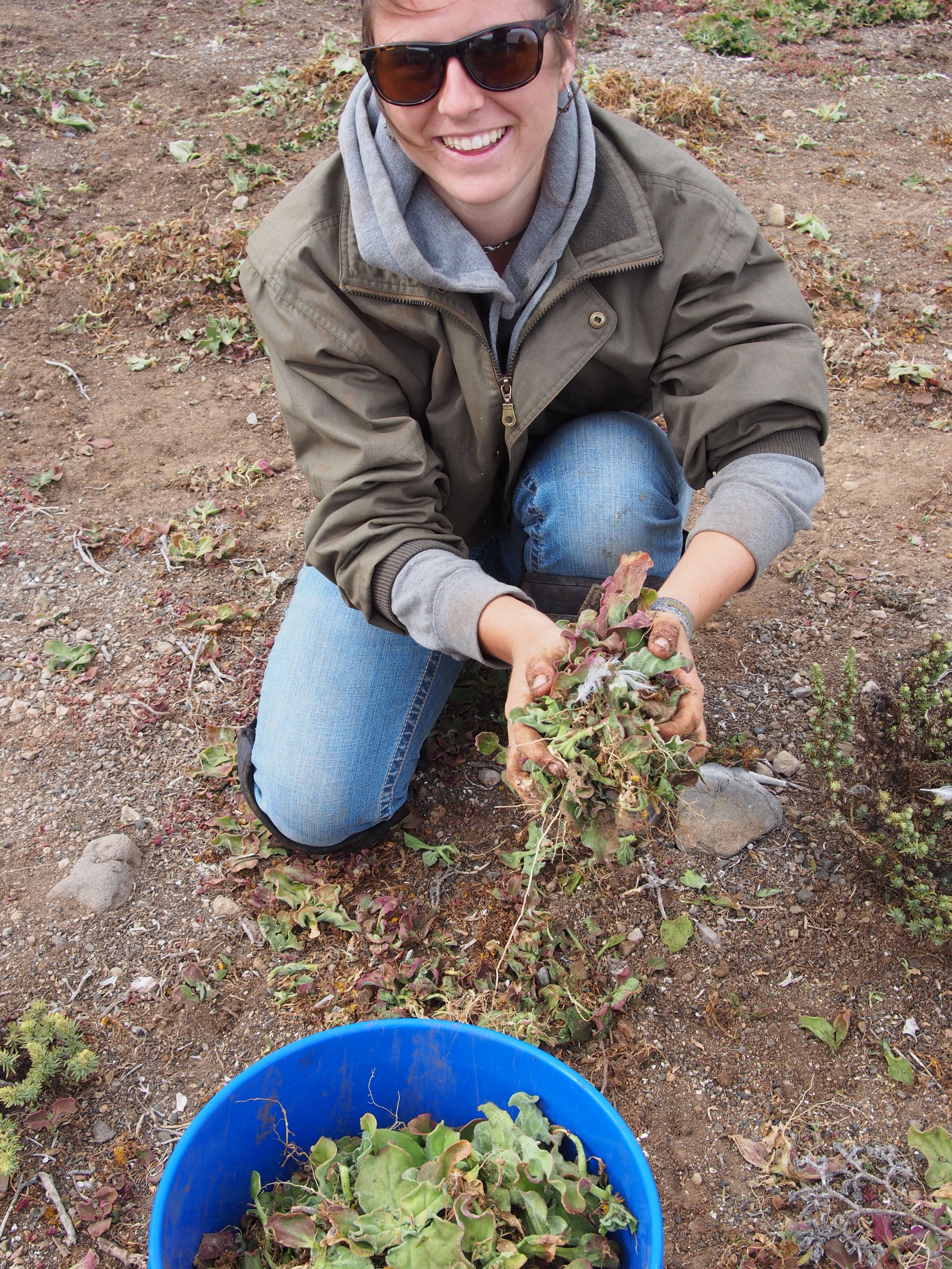
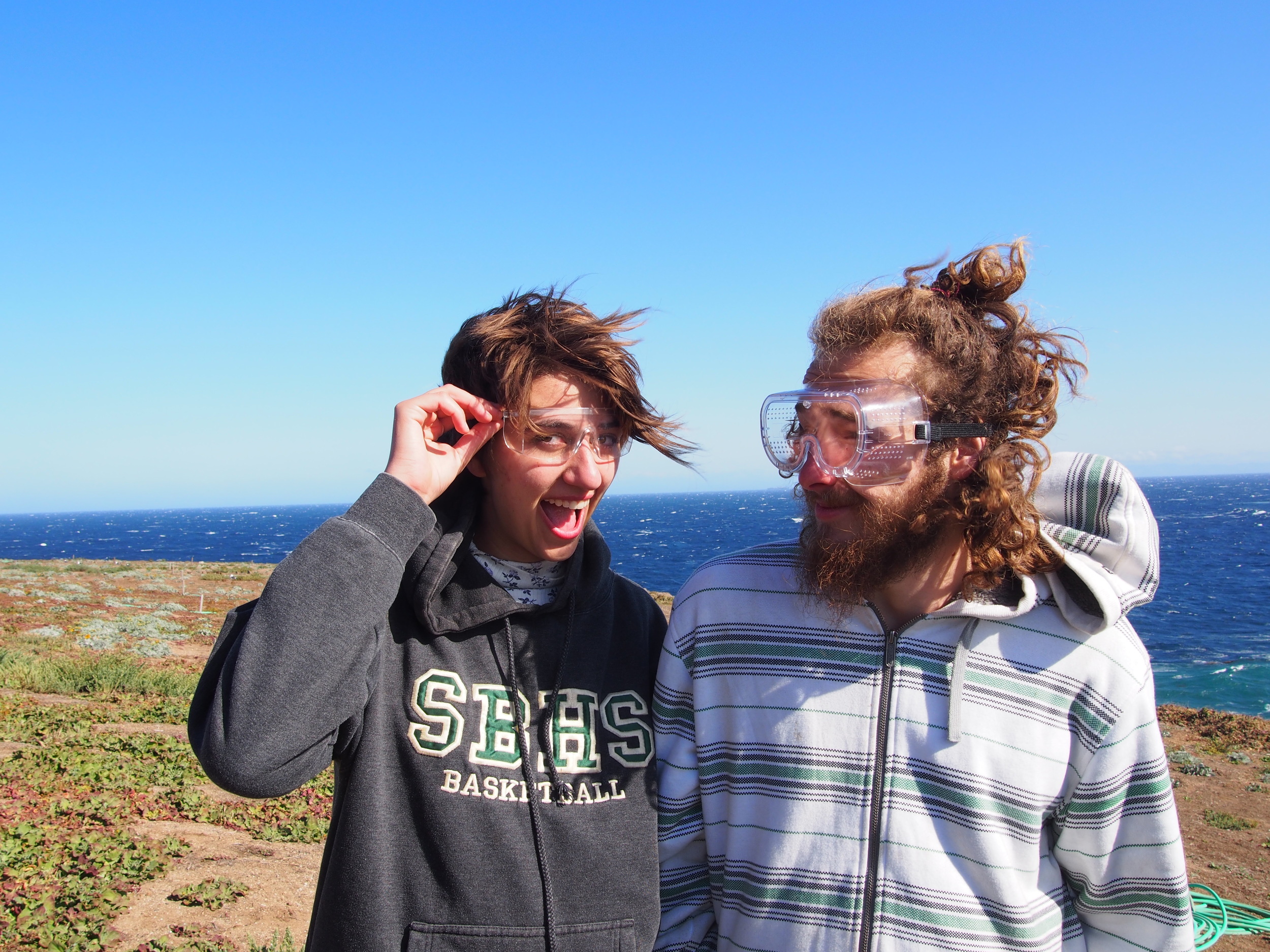
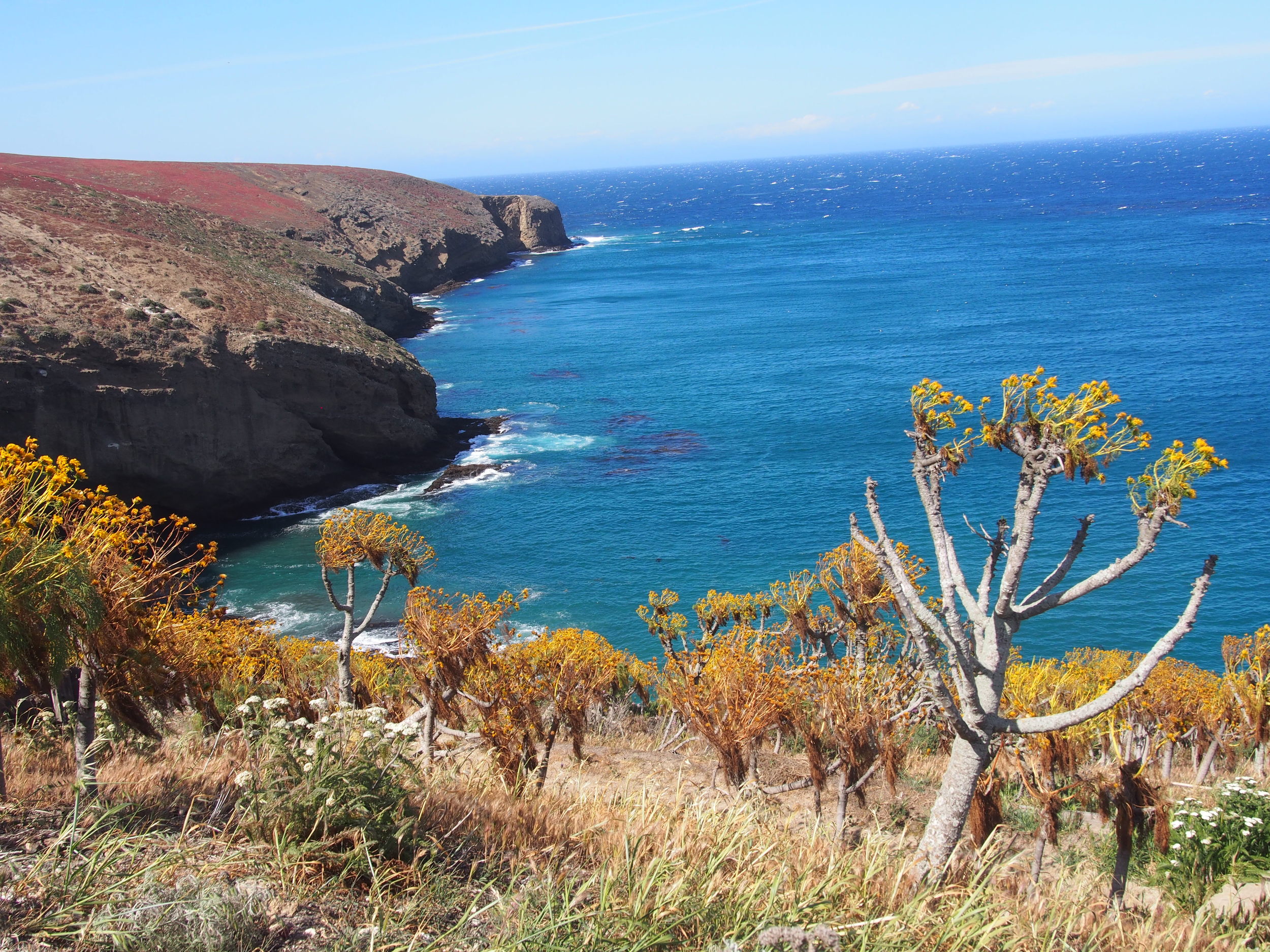
Chumash Foundation Grant To Growing Solutions Helps Keep Vital Traditions Alive
The Santa Ynez Band of Chumash Indians Foundation recently donated funds to Growing Solutions earmarked to help preserve bio and cultural diversity. The Chumash are renowned for their fine hand-woven basketry made from California coastal grasses such as skunkbush (Rhus trilobata) and basket rush (Juncus textilis). They produced a wide variety of baskets, jugs, and platters that were vital to everyday village life for collecting and storing food as well as ceremonial purposes. Some baskets were so tightly woven they were used to hold water and even cook food. Modern-day traditional basket making is being furthered among the Chumash youth through ongoing classes and mentoring. However, finding suitable pollution-free plant grasses becomes an increasing challenge as urbanization and wetland destruction reduce available collection sites. Growing Solutions specializes in growing several wetland species suitable for traditional basketry and proposes increasing and enhancing public collection sites for ongoing sustainable harvest. With this funding Growing Solutions will grow and plant basket grasses with help from tribal volunteers. A special thank you to the Foundation for helping us make this happen!
